The year 2020 is here, and although people's opinions on when the new decade actually begins differ, this year is tempting to different balances of the past ten years. Apple is no exception, entering 2010 with a brand new iPad and the already successful popularity of the iPhone. Over the past ten years, a lot has happened at the Cupertino giant, so let's recap the Apple decade.
2010
iPad
The year 2010 was one of the most important for Apple - the company released its first iPad. When Steve Jobs introduced it to the public on January 27, there were also skeptical voices, but the tablet eventually became one of the most successful products in Apple's history. At the time, the company went against the grain in a way – at the time when the iPad came out, many of Apple's competitors were trying to break into the market with netbooks. You probably remember small, not too expensive and - to be honest - rarely very powerful laptops. Jobs decided to respond to the netbook trend by releasing a tablet that, in his opinion, much better fulfilled what users and manufacturers originally hoped for from netbooks. Once again, Jobs' quote about people not knowing what they want until you show them is true. Users fell in love with the "cake" with a 9,7-inch display and began to use it for work and entertainment in everyday life. Among other things, it turned out that for certain types of work and other activities "in the field", a multi-touch display with a specific user interface is simply better than a not very convenient and not very compact netbook. In addition, Apple managed to design the iPad to truly represent a valuable and powerful compromise between a smartphone and a laptop, equipping it with native applications with which users could easily turn their tablet into a mobile office. Over time, thanks to improvements and the division into several models, the iPad has become a variable tool for work and entertainment.
The Adobe Flash case
Many controversies were associated with the release of the iPad. One of them was Apple's decision not to support Adobe Flash in its web browser. Apple rather promoted HTML5 technology and strongly recommended its use to website creators as well. But by the time the iPad saw the light of day, Flash technology was really widespread, and most videos and other content on the web couldn't do without it. However, Jobs, with his characteristic stubbornness, insisted that Safari would not support Flash. One would expect that Apple would allow it under pressure from disgruntled users who could not play almost anything in Apple's web browser, but the opposite was true. Although there was a fairly intense firefight between Adobe and Apple regarding the future of Flash technology on the web, Jobs did not give up and even wrote an open letter as part of the argument, which can still be found online. He mainly argued that the use of Flash technology has an adverse effect on battery life and the overall performance of the tablet. Adobe responded to Jobs' protests by releasing a Flash plugin for web browsers on Android devices - and that's when it became clear that Jobs wasn't entirely wrong with his arguments. It didn't take long before Flash was really gradually replaced by HTML5 technology. Flash for mobile versions of web browsers never really caught on, and Adobe officially announced in 2017 that it would bury the desktop version of Flash for good this year.
iPhone 4 and Antennagate
Various cases have been associated with Apple for many years. One of the relatively fun ones was Antennagate, associated with the then-revolutionary iPhone 4. Thanks to its design and functions, the "four" managed to quickly become a literal consumer favorite, and many users still highlight this model as one of Apple's most successful efforts. With the iPhone 4, Apple switched to an elegant design combining glass and stainless steel, the Retina display and the FaceTime video calling function also made their debut here. The smartphone's camera has also been improved, gaining a 5MP sensor, LED flash and the ability to shoot 720p HD videos. Another novelty was also a change in the location of the antenna, which eventually turned out to be a stumbling block. Users who reported signal outages while making phone calls began to hear. The antenna of the iPhone 4 caused calls to fail when the hands were covered. Although only some customers experienced problems with signal outages, the Antennagate affair took on such proportions that Steve Jobs had to interrupt his family vacation and hold an extraordinary press conference in mid-July in order to solve it. Jobs closed the conference by stating that all phones have weak points, and Apple tried to appease angry customers with a program to provide free special covers that were supposed to eliminate signal problems.
It could be interest you
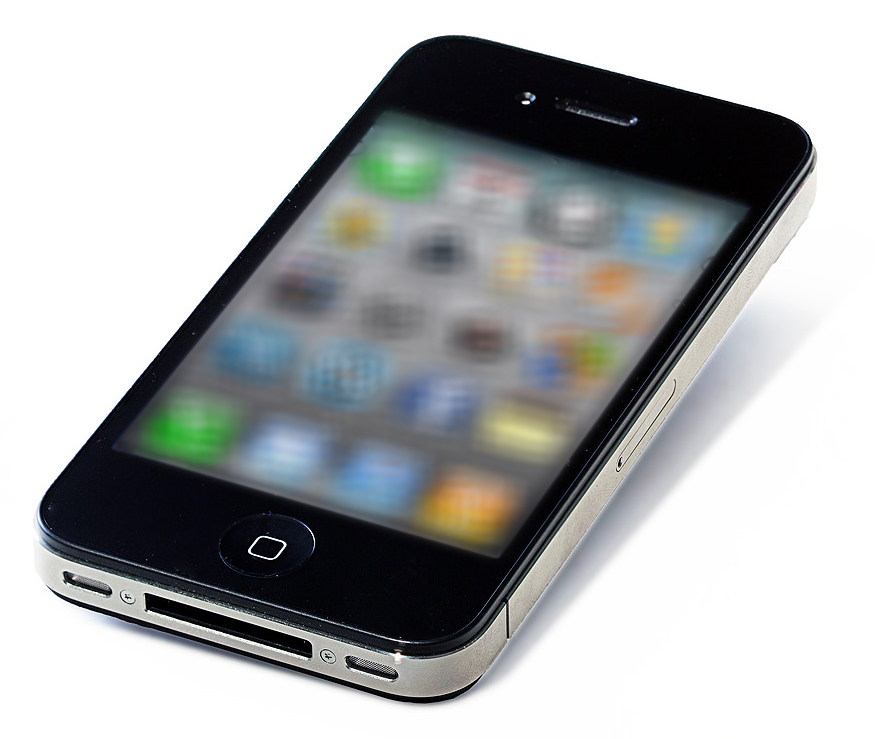
MacBook Air
At the October conference, Apple presented, among other things, its first MacBook Air in 2010. Its thin, light, elegant design (as well as its relatively high price) took everyone's breath away. Along with the MacBook Air came a number of novelties and improvements, such as the ability to immediately wake the laptop from sleep immediately after opening the lid. The MacBook Air was available in both 2010-inch and 11-inch versions in 13 and quickly gained huge popularity. In 2016, Apple discontinued the XNUMX-inch MacBook Air and has slightly changed the look of its super-light laptop over the years. New functions and features have been added, such as Touch ID or the infamous butterfly keyboard. Many users still remember the first MacBook Air nostalgically.
2011
Apple is suing Samsung
The year 2011 for Apple was partly marked by a "patent war" with Samsung. In April of that year, Apple filed a lawsuit against Samsung for allegedly stealing the iPhone's unique design and innovations, which Samsung was supposed to use in its Galaxy series of smartphones. In its lawsuit, Apple wanted to get Samsung to pay it a certain percentage of the sales of its smartphones. A series of curious public revelations from the Apple archives, starting with the publication of product prototypes and ending with the reading of internal company communications, were associated with the whole process. However, the dispute as such – as is customary in similar cases – dragged on for an unbearably long time, and it was finally brought to an end in 2018.
It could be interest you
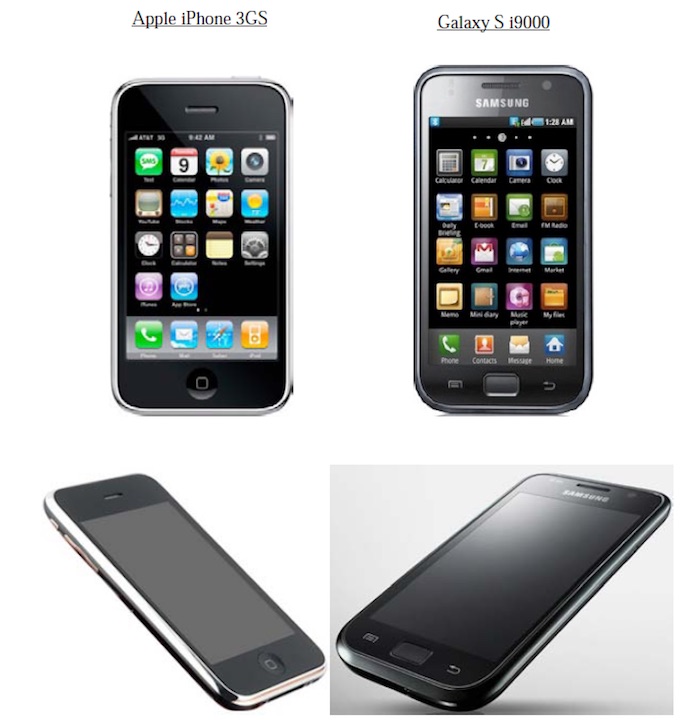
iCloud, iMessage and PC-free
The year 2011 was also very important for iCloud, which gained importance with the arrival of the iOS 5 operating system. After the failure of the MobileMe platform, which offered users access to email, contacts and calendar in the cloud for $99 a year, there was a solution that really took off. In the early days of the iPhone, users were somewhat dependent on connecting their smartphones to a computer for synchronization, and even initial smartphone activation was not possible without a PC connection. However, with the release of iOS 5 (or iOS 5.1), users' hands were finally freed, and people could update their mobile devices, work with calendars and e-mail boxes, or even edit photos without connecting their smartphone to a computer. Apple started offering its customers free 5GB of storage in iCloud, for a higher capacity you need to pay extra, but these payments have decreased considerably compared to the past.
Death of Steve Jobs
Steve Jobs - or anyone close to him - has never been very specific about his health in public. But many people knew about his illness, and at the end of it, Jobs really did not look healthy, which laid the foundation for many speculations and conjectures. With his own stubbornness, the co-founder of Apple worked almost until his last breath, and he let the world and the employees of the Cupertino company know about his resignation through a letter. Jobs died on October 5, 2011, just hours after Apple introduced its iPhone 4S. His death raised a number of questions regarding the future of Apple. Tim Cook, whom Jobs carefully selected as his successor, still faces constant comparisons with his charismatic predecessor, and the person who will take the helm of Apple in the future from Cook will most likely not avoid this fate.
It could be interest you
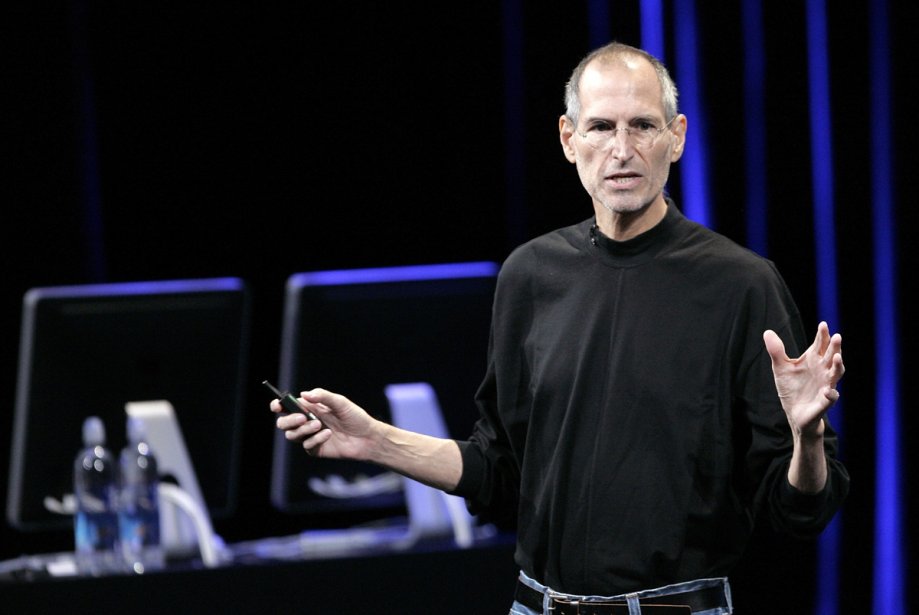
Crab
Apple acquired Siri in 2010, and has been working hard all year to officially introduce it to users in the best possible form. Siri arrived with the iPhone 4S, promising a whole new dimension of voice interaction with a smartphone. But at the time of its launch, the voice assistant from Apple had to deal with numerous "childhood diseases", including failures, crashes, non-responsiveness and other problems. Over time, Siri has become an integral part of Apple's hardware, and it's constantly being improved, even if it seems like it's only in small steps. Currently, users use Siri most to check the weather and set the timer or alarm clock
2012
Mountain Lion
Apple introduced its desktop operating system called OS X Mountain Lion in mid-February 2012. Its arrival really surprised most of the public, including the way Apple decided to announce it. The Cupertino company preferred private meetings with media representatives to a classic press conference. Mountain Lion is a very important part of Apple's history, mainly because with its arrival the company switched to an annual frequency of releasing new desktop operating systems. Mountain Lion was also unique in that it was released exclusively on the Mac App Store, at less than twenty dollars for unlimited installations per Apple ID. Apple only started free desktop OS updates with the arrival of OS X Mavericks in 2013.
Macbook Pro Retina
iPhones got Retina displays already in 2010, but it took a little longer for computers. Users didn't get Retina until 2012, with the MacBook Pro. In addition to the introduction of the Retina display, Apple has removed - similarly to the MacBook Air - its laptops from optical drives in an attempt to minimize the dimensions and overall weight of the machines, and the Ethernet port has also been removed. MacBooks got a second-generation MagSafe connector (do you miss it that much, too?) and due to lack of consumer interest, Apple said goodbye to the XNUMX-inch version of its MacBook Pro.
Apple Maps
It could be said that not a year goes by without a case involving Apple. The year 2012 was no exception, which was partly marked by the controversy associated with Apple Maps. While early versions of the iOS operating system relied on data from Google Maps, a few years later Steve Jobs assembled a team of experts tasked with creating Apple's own map system. Apple Maps debuted in 2012 with the iOS 6 operating system, but they did not garner much enthusiasm from users. Although the application offered a number of attractive features, it also had a number of shortcomings and users began to complain about its unreliability. Consumer displeasure — or rather, its public display — reached such a level that Apple eventually apologized for Apple Maps in a public statement.
Scott Forstall's departure
After Tim Cook took over the leadership of Apple, there were several fundamental changes. One of them was the slightly controversial departure of Scott Forstall from the company. Forstall was a close friend of Steve Jobs and worked closely with him on software for Apple. But after Jobs' death, speculation began to circulate that Forstall's confrontational approach was a thorn in the side of some executives. When Forstall refused to sign an apology letter to Apple Maps, it was said to be the final straw, and he was fired from the company less than a month later.
2013
iOS 7
In 2013, a revolution came in the form of the iOS 7 operating system. Users remember its arrival mainly in connection with the radical change in the appearance of the icons on the desktop of the iPhone and iPad. While some cannot praise the changes for which iOS 7 laid the foundations, there is also a group of users who were very unhappy with this transition. The appearance of the user interface of the operating system for iPads and iPhones has acquired a distinctly minimalist touch. But in an effort to serve the new iOS to users as soon as possible, Apple neglected the development of some elements, so the arrival of iOS 7 was also associated with a number of unpleasant initial errors.
iPhone 5s and iPhone 5c
Among other things, the year 2013 was also marked by new iPhones. While in recent years Apple has practiced the model of releasing a new high-end smartphone with a discount on the previous model, in 2013 two models were released at the same time for the first time. While the iPhone 5S represented a high-end smartphone, the iPhone 5c was intended for less demanding customers. The iPhone 5S was available in Space Gray and Gold, and was equipped with a fingerprint reader. The iPhone 5c was not endowed with any revolutionary features, it was available in colorful variants and in plastic.
iPad Air
In October 2013, Apple announced the enrichment of its iPad product line. This time it was an iPad Air with significantly thinner side frames, a slim chassis and 25% less weight. Both the front and rear cameras have been improved, but the first Air lacked the Touch ID function introduced in the aforementioned iPhone 5S. The iPad Air didn't look bad, but reviewers complained about its lack of productivity benefits at the time of its release, as users could only dream of features like SplitView.
2014
Beats acquisition
Apple bought Beats in May 2014 for $3 billion. Financially, it was the largest acquisition in Apple's history. Even then, the Beats brand was primarily associated with a premium line of headphones, but Apple was primarily interested in its streaming service called Beats Music. For Apple, the acquisition of the Beats platform was really beneficial and, among other things, laid the foundation for the successful launch of the Apple Music service.
Swift and WWDC 2014
In 2014, Apple also began to focus much more intensively on the area of programming and development of the relevant tools. At WWDC that year, Apple introduced a number of tools to allow third-party application developers to better integrate their software into Apple's operating systems. Third-party applications thus got better sharing options, and users could use third-party keyboards better and more efficiently. Apple's new Swift programming language was also introduced at WWDC 2014. The latter should have become widespread mainly because of its relative simplicity and low demands. The iOS 8 operating system received Siri voice activation, at WWDC Apple also introduced a photo library on iCloud.
iPhone 6
The year 2014 was also significant for Apple in terms of the iPhone. So far, the biggest iPhone was the "five" with a four-inch display, but at that time competing companies were happily producing large phablets. Apple joined them only in 2014 when it released the iPhone 6 and iPhone 6 Plus. The new models boasted not only a redesigned design with rounded corners and a thin construction, but also larger displays – 4,7 and 5,5 inches. Back then, probably few people knew that Apple would not stop at these dimensions. In addition to the new iPhones, Apple also introduced the Apple Pay payment system.
Apple Watch
In addition to the new iPhones, Apple also launched its Apple Watch smartwatch in 2014. These were originally speculated as "iWatch", and some already suspected what was actually coming - Tim Cook revealed even before the conference that he was preparing a completely new product category. Apple Watch was intended to simplify communication for users and help them lead a healthier lifestyle. The Apple Watch came with a rectangular face, a digital crown and a vibrating Taptic Engine, and could measure the user's heart rate and track calories burned, among other things. Apple also tried to enter the world of high fashion with the Apple Watch Edition made of 24-karat gold, but this attempt failed and the company began to focus more on the fitness and health benefits of its smart watches.
2015
MacBook
In the spring of 2015, Apple introduced its new MacBook, which Phil Schiller described as "the future of laptops". The 2015-inch MacBook XNUMX was not only significantly thinner and lighter than its predecessors, but it was equipped with only one single USB-C port to handle everything from charging to data transfer. There was speculation that the new XNUMX-inch MacBook was to replace the MacBook Air, but it lacked its elegance and super-slim design. Some also did not like its relatively high price, while others complained about the new keyboard.
Jony Ive as chief designer
May 2015 was a time of significant personnel changes for Apple. Within them, Jony Ive was promoted to the new position of chief designer, and his previous day-to-day affairs were then taken over by Richard Howarth and Alan Dye. We can only speculate as to what was behind the promotion – there were speculations that Ive wanted to take a break, and after the promotion his work was mainly focused on the design of the emerging Apple Park. However, Ive continued to be the star of video clips promoting the design of new Apple products, among other things. Two years later, Ive returned to his former job duties, but in another two years he left the company for good.
It could be interest you
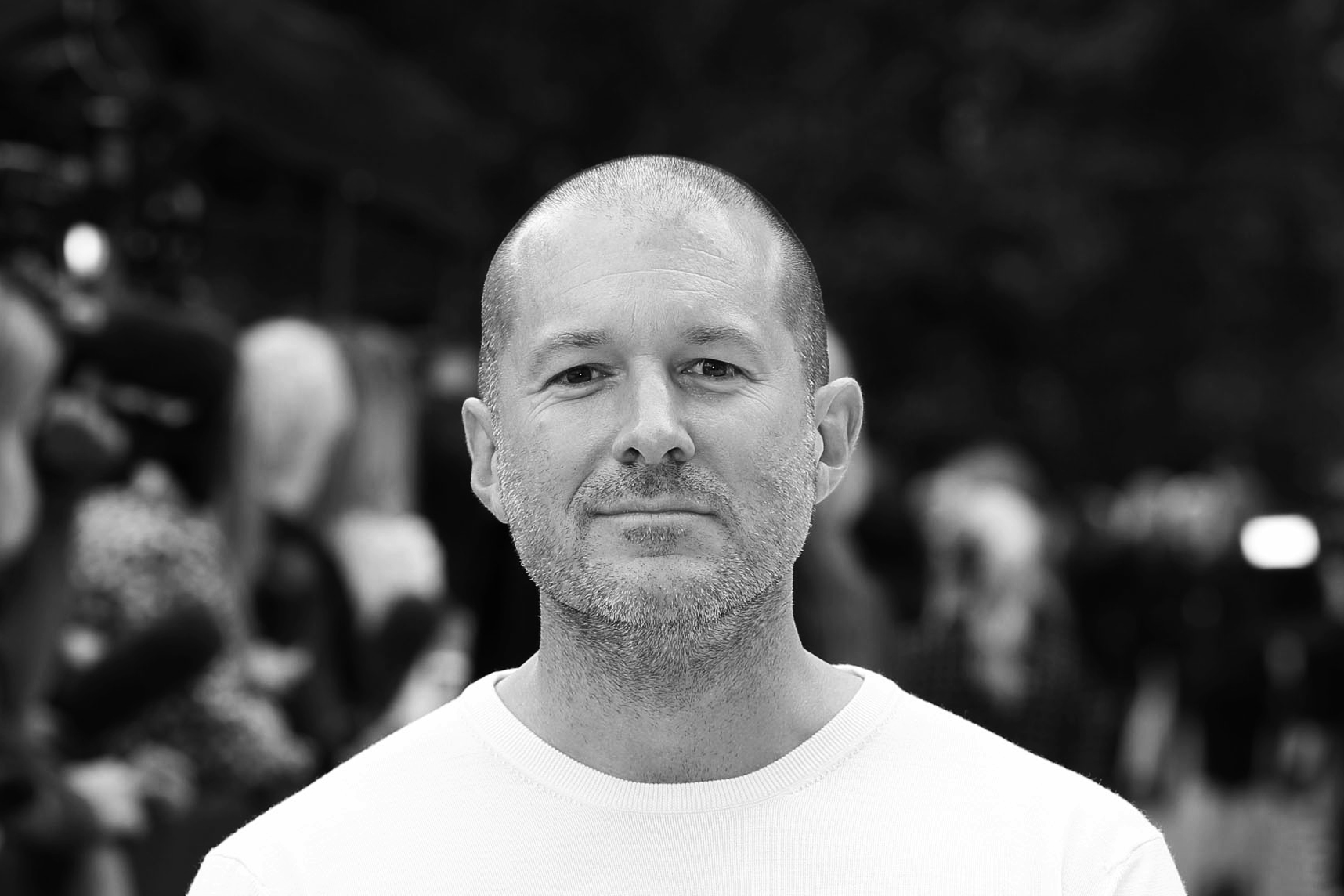
iPad Pro
In September 2015, the iPad family grew with another member – the 12,9-inch iPad Pro. As the name suggests, this model is intended especially for professionals. The iOS 9 operating system also brought new functions to support work productivity, in combination with the Smart Keyboard, the iPad Pro was supposed to fully replace the MacBook, which, however, did not succeed very well. But it was – especially in combination with the Apple Pencil – undoubtedly a high-quality and powerful tablet, and its subsequent generations have gained great popularity among professional users.
2016
iPhone SE
Users who cannot tolerate the dimensions and design of the popular iPhone 5S really cheered in 2016. At that time, Apple introduced its iPhone SE - a small, affordable, but relatively powerful smartphone that was supposed to satisfy the demand for a less expensive iPhone. Apple fitted it with an A9 processor and equipped it with a 12MP rear camera, which was also available at the time with the new iPhone 6S. The diminutive iPhone SE has become so popular that users have been clamoring for its successor for some time now - this year they might get their wish.
It could be interest you

News in the App Store
Even before WWDC 2016, Apple announced that its online store with applications App Store is waiting for significant changes. The time for approval of applications has been significantly reduced, which has been enthusiastically welcomed by developers. The system of payment for applications has also received changes - Apple has introduced the option of paying for a subscription as part of an in-app purchase, for all categories - until now this option was limited only to applications with magazines and newspapers.
iPhone 7 and AirPods
The year 2017 also brought significant changes in the field of smartphones from Apple. The company presented its iPhone 7, which did not differ much in design from its predecessors, but it lacked a port for a 3,5 mm headphone jack. Part of the users started to panic, countless jokes about the new iPhone appeared. Apple called the 3,5 mm jack an outdated technology, and although it was initially met with misunderstanding, the competition began to repeat this trend a little later. If the lack of a jack bothered you, you could connect wired EarPods to your iPhone via the Lightning port, or you could wait for wireless AirPods. Although the wait was initially long and even AirPods did not avoid jokes on social networks, they eventually became one of the most successful Apple products. With the iPhone 7, Apple also introduced the larger iPhone 7 Plus, which for the first time in the company's history could boast a dual camera and the ability to take photos in portrait mode with a bokeh effect.
MacBook Pro with Touch Bar
In October 2016, Apple introduced a new line of MacBook Pros with Touch Bar, replacing a number of function keys. The new MacBook Pros also had a reduced number of ports and a new type of keyboard. But there was no mass enthusiasm. The Touch Bar, in particular, met with a rather hesitant reception at first, and it wasn't long before problems with the keyboard made themselves known as well. Users complained about the absence of the Escape key, some computers had problems with overheating and performance degradation.
2017
Apple versus Qualcomm
Apple's legal battle with Samsung has not yet settled down, and the second "war" has already begun, this time with Qualcomm. Apple filed a billion-dollar lawsuit in January 2017 against Qualcomm, which supplied Apple with network chips, among other things. The complicated legal dispute erupted in several places around the world, and its subject was mainly the license fees that Qualcomm charged Apple.
It could be interest you

Apple Park
In 2016 and 2017, there was hardly any medium writing about Apple that did not more or less regularly feature aerial shots of Apple's second campus under construction. Plans for its creation began during the "government" of Steve Jobs, but the implementation was rather lengthy. The result was the impressive circular main campus building, known as the "spaceship", and the Steve Jobs Theater. The company Foster and Partners collaborated with Apple on the construction, and chief designer Jony Ive also participated in the design of the new campus.
iPhone X
Many expectations were associated with the arrival of the "anniversary" iPhone, and very interesting concepts often appeared on the Internet. Apple finally introduced the iPhone X without a home button and with a cutout in the center of the upper part of the display. Even this model did not escape criticism and ridicule, but there were also enthusiastic voices. The iPhone X with an OLED display and Face ID was sold at a relatively high price, but users who didn't want to spend for it could buy a cheaper iPhone 8 or iPhone 8 Plus. Although the design and control of the iPhone X initially aroused embarrassed reactions, users quickly got used to it, and in the following models they did not miss the old control method or the home button.
2018
HomePod
The HomePod was originally supposed to arrive already in the fall of 2017 and become a Christmas hit, but in the end it didn't reach store shelves until February of the following year. The HomePod marked Apple's somewhat timid entry into the smart speaker market, and it hid quite a bit of performance in a relatively small body. But users were bothered by its closedness - at the time of its arrival, it could only play songs from Apple Music and download content from iTunes, and it didn't even work as a standard Bluetooth speaker - it only played content from Apple devices via AirPlay. For a number of users, the HomePod was also unnecessarily expensive, so although it is by no means an outright failure, it did not become a huge hit either.
iOS 12
The arrival of the iOS 12 operating system was marked in 2018 by ever-increasing speculation that Apple was deliberately slowing down its older devices. Many users pinned their hopes on the new iOS, as iOS 11 was not very successful according to many. iOS 12 was presented at WWDC in June and focused mainly on performance. Apple has promised significant improvements across the system, faster app launch and camera work, and better keyboard performance. Owners of both newer and older iPhones have indeed seen noticeably better performance, allowing iOS 11 to "successfully" fade into oblivion.
Apple Watch Series 4
Apple released its smartwatches every year, but the fourth generation was met with a really enthusiastic reception. Apple Watch Series 4 had a slightly thinner design and an optically larger display, but above all they boasted new functions, such as ECG (for which we had to wait) or fall detection or irregular heartbeat recognition. Many of those who bought the Apple Watch Series 4 were so excited about the watch that, in their own words, they do not plan to upgrade to the new model until the next "revolution".
iPad Pro
2018 also saw the arrival of the new iPad Pro generation, which many consider particularly successful. Apple has radically narrowed the bezels around the display in this model, and the iPad Pro has basically made a single large touch screen. Along with the new iPad Pro, in 2018 Apple also launched the second generation of the Apple Pencil, made practically to fit the new tablet, with a new design and new functions.
2019
Services
Tim Cook has repeatedly stated in the past that Apple sees its future mainly in services. Back then, however, few could imagine anything concrete under this statement. In March of last year, Apple introduced new services with great fanfare - streaming service Apple TV+, gaming Apple Arcade, news Apple News+ and credit card Apple Card. Apple promised tons of fun and rich content, especially with Apple TV+, but its gradual and slow release compared to the competition disappointed many users. Many have started predicting certain doom for the streaming service, but Apple is firmly behind it and is convinced of its success. The Apple Arcade game service received a relatively positive reception, but it was appreciated by families with children and occasional players rather than dedicated players.
iPhone 11 and iPhone 11 Pro
Last year's iPhones caused a stir mainly with the design and functions of their cameras, but they were not very rich in truly revolutionary features and functions. However, users were pleased not only with the aforementioned camera improvements, but also with better battery life and a faster CPU. Experts agreed that the "elevens" represent for Apple everything it has managed to learn since the beginning of the iPhone. The iPhone 11 was also a success and its relatively affordable price.
MacBook Pro and Mac Pro
While everyone was sure of the arrival of the Mac Pro for a while, the release of the new sixteen-inch MacBook Pro was more or less a surprise. Apple's new "Pro" laptop was not completely without complications, but the company finally listened to the complaints and wishes of its customers and equipped it with a keyboard with a different mechanism, which no one has complained about yet. The Mac Pro caused a real stir at the time of its introduction. In addition to the dizzyingly high price, it offered truly breathtaking performance and high variability and adaptability. The modular high-end Mac Pro is certainly not for everyone, but it has been relatively well received by professionals.
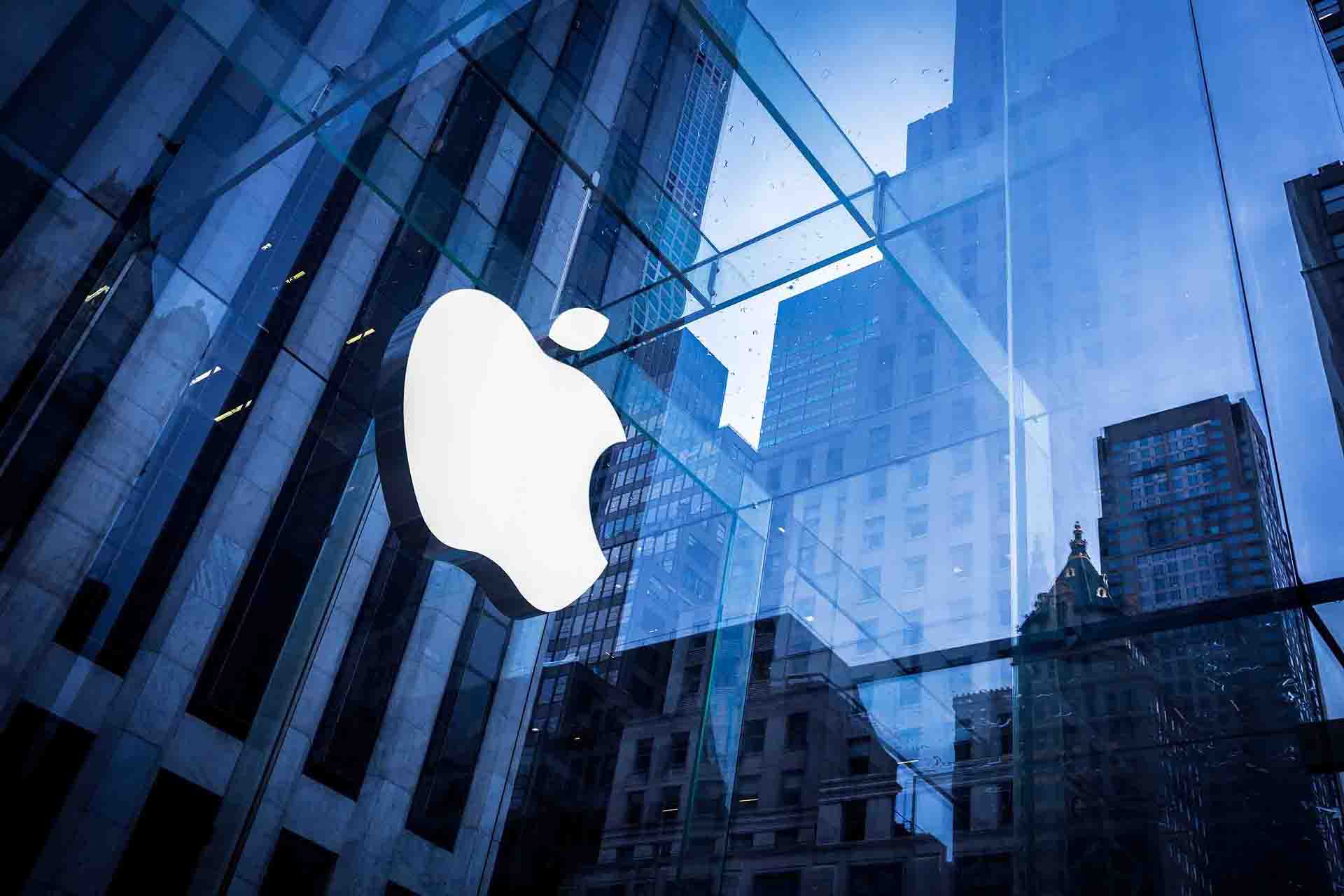
Source: 9to5Mac
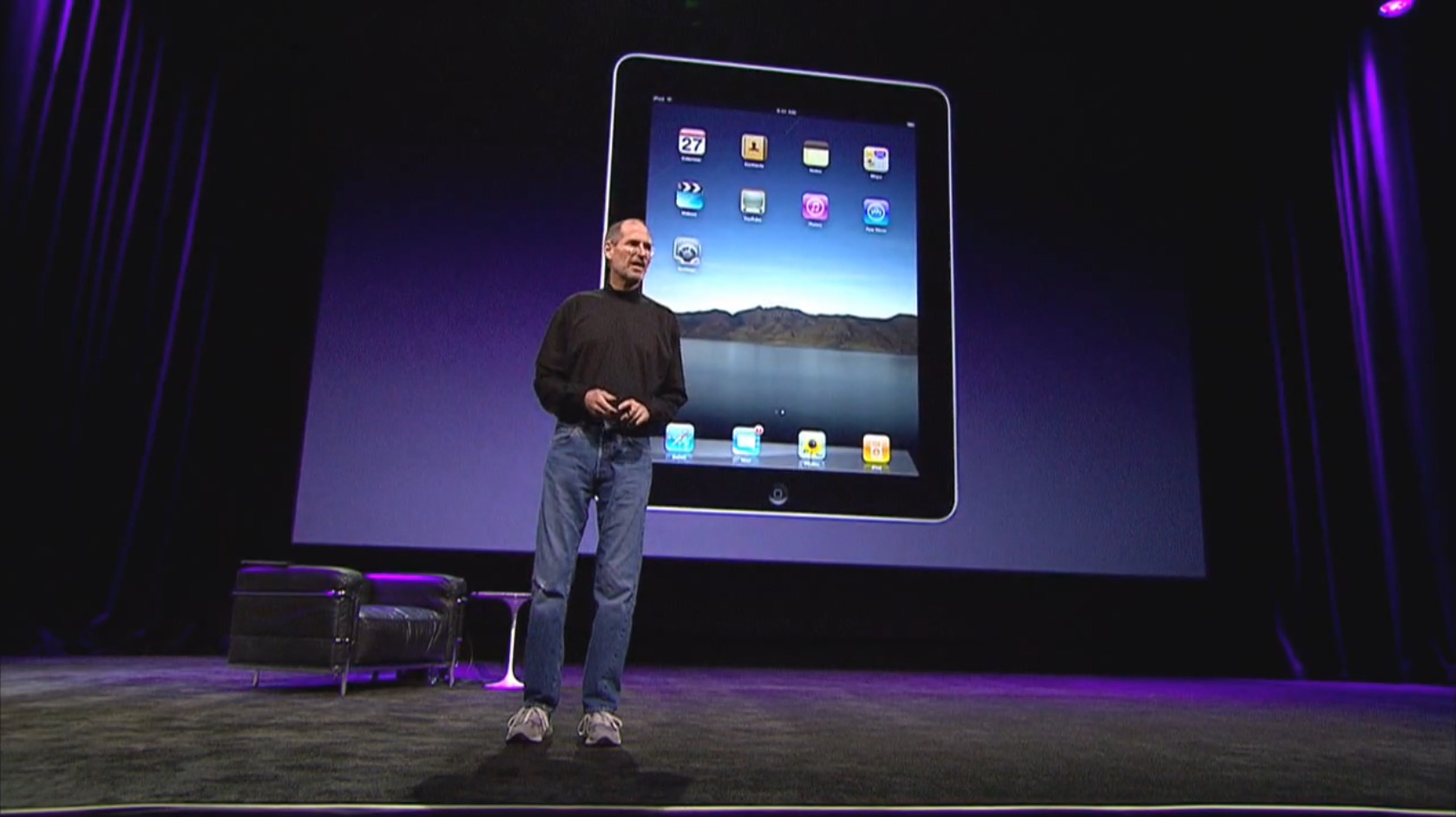
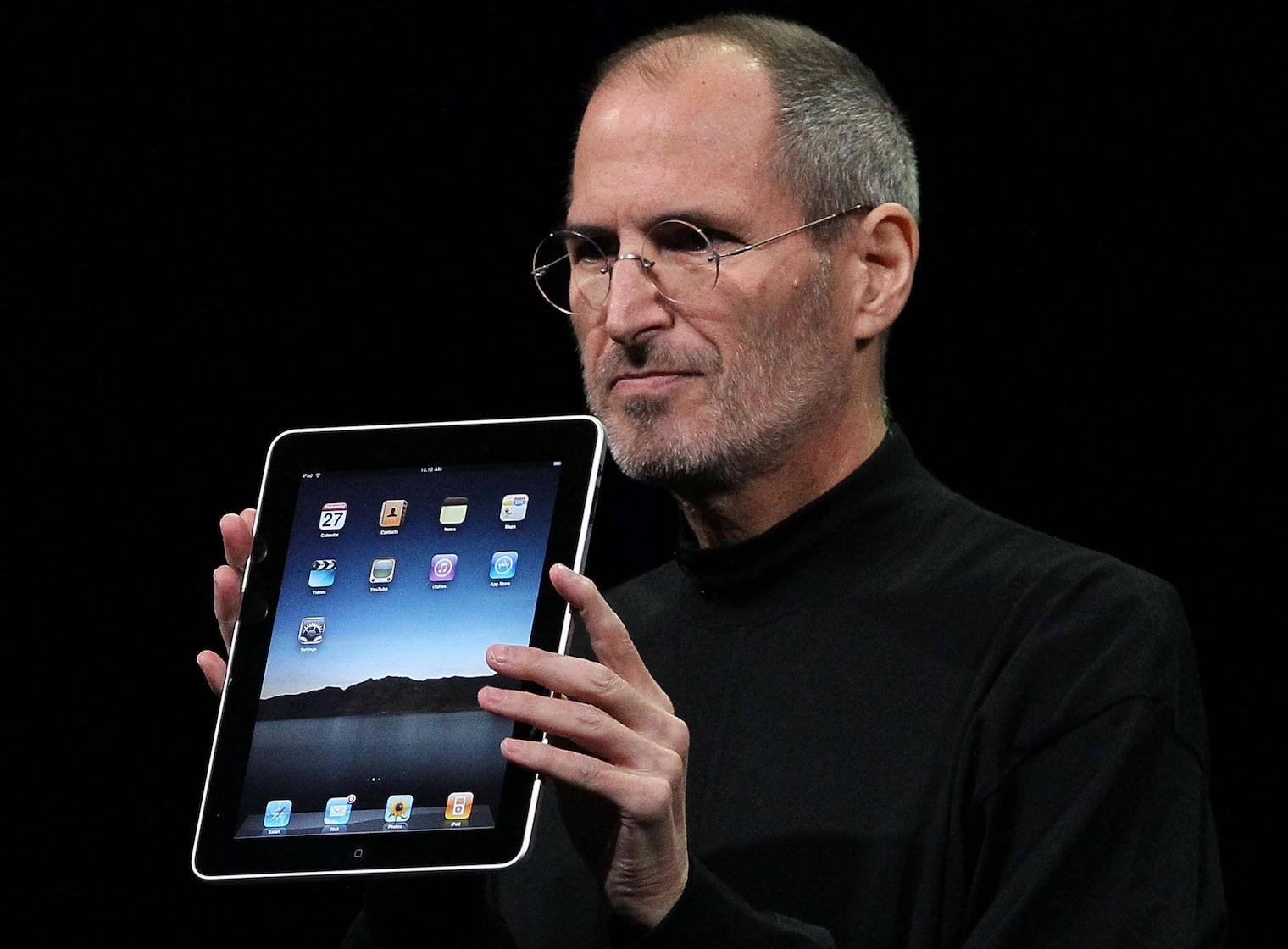
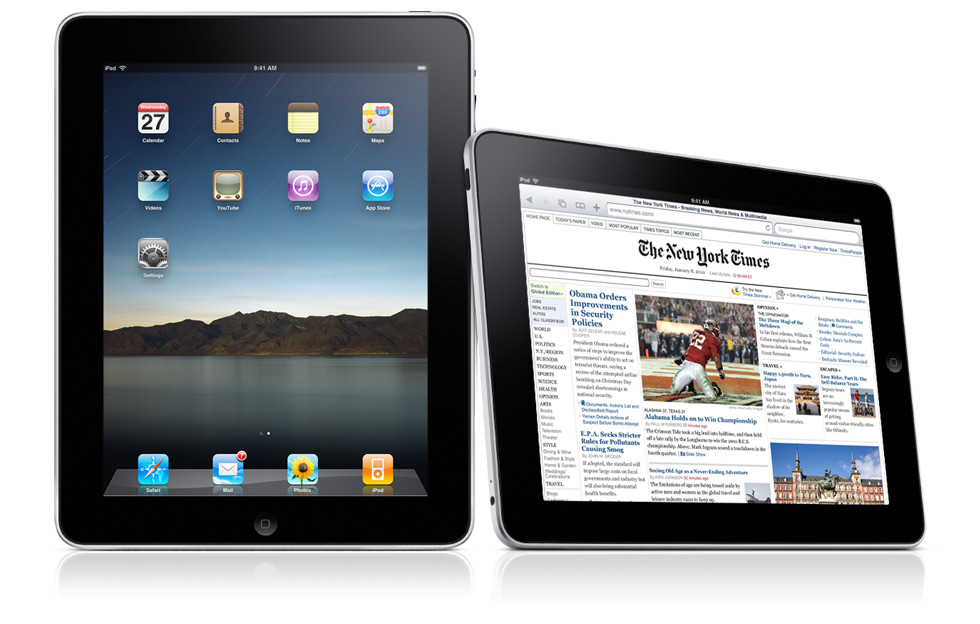
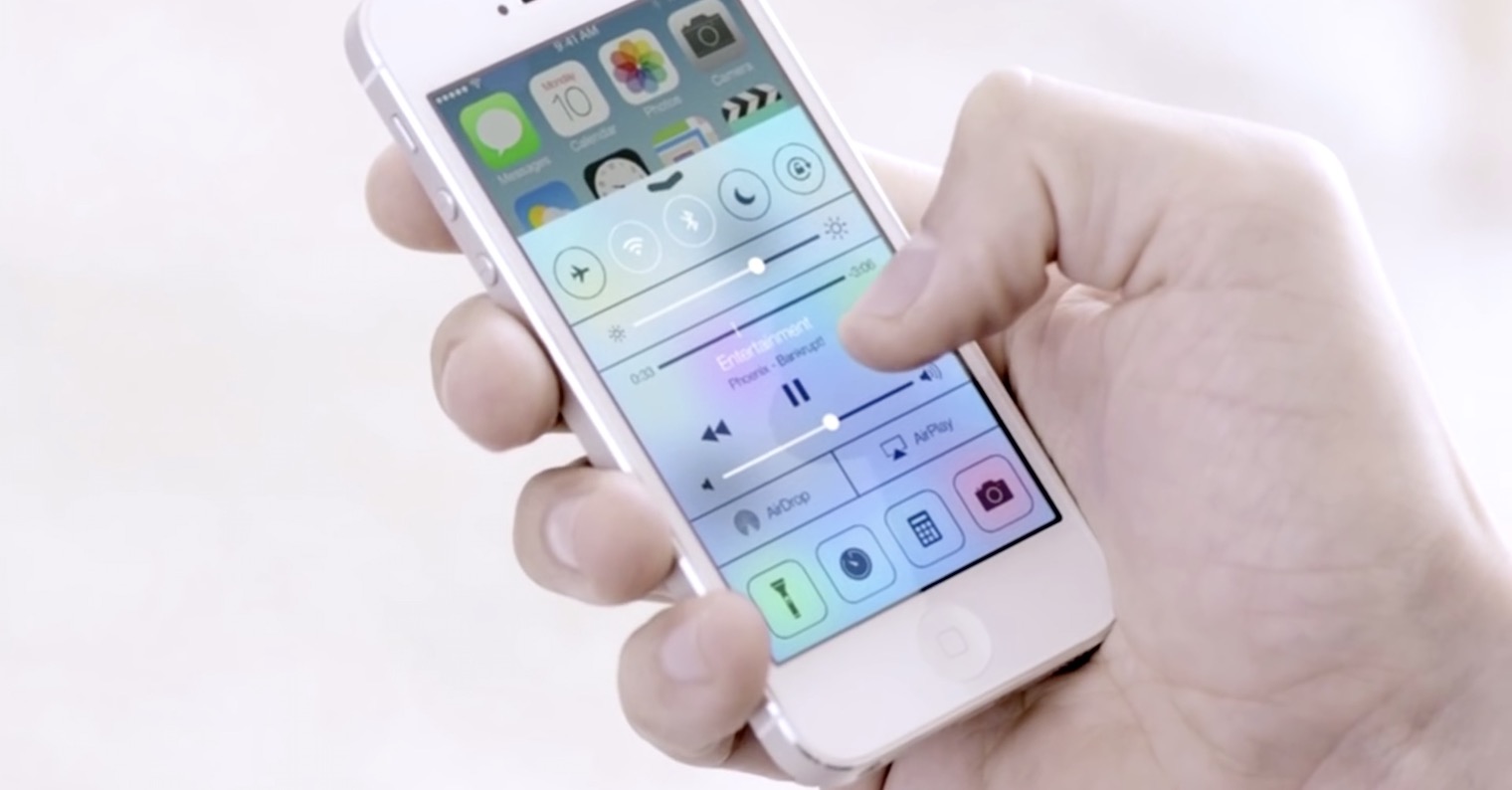
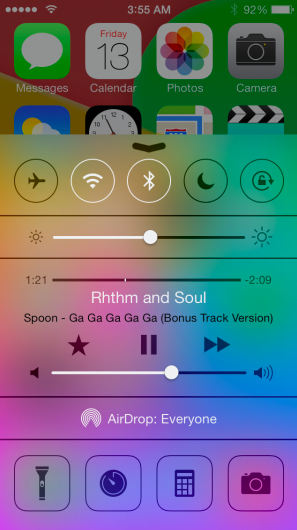
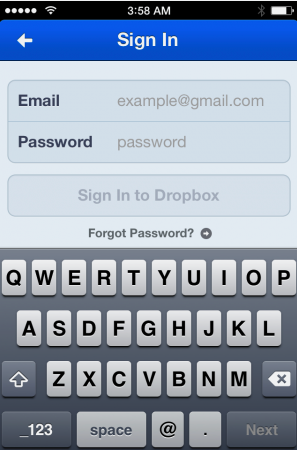
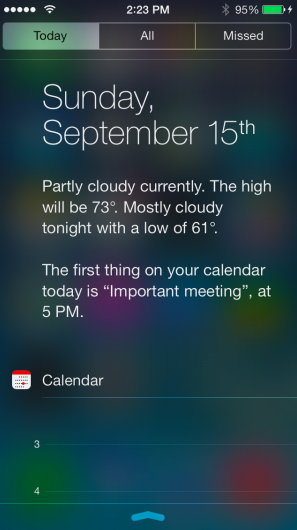
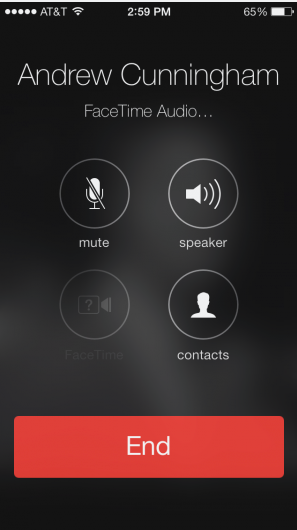

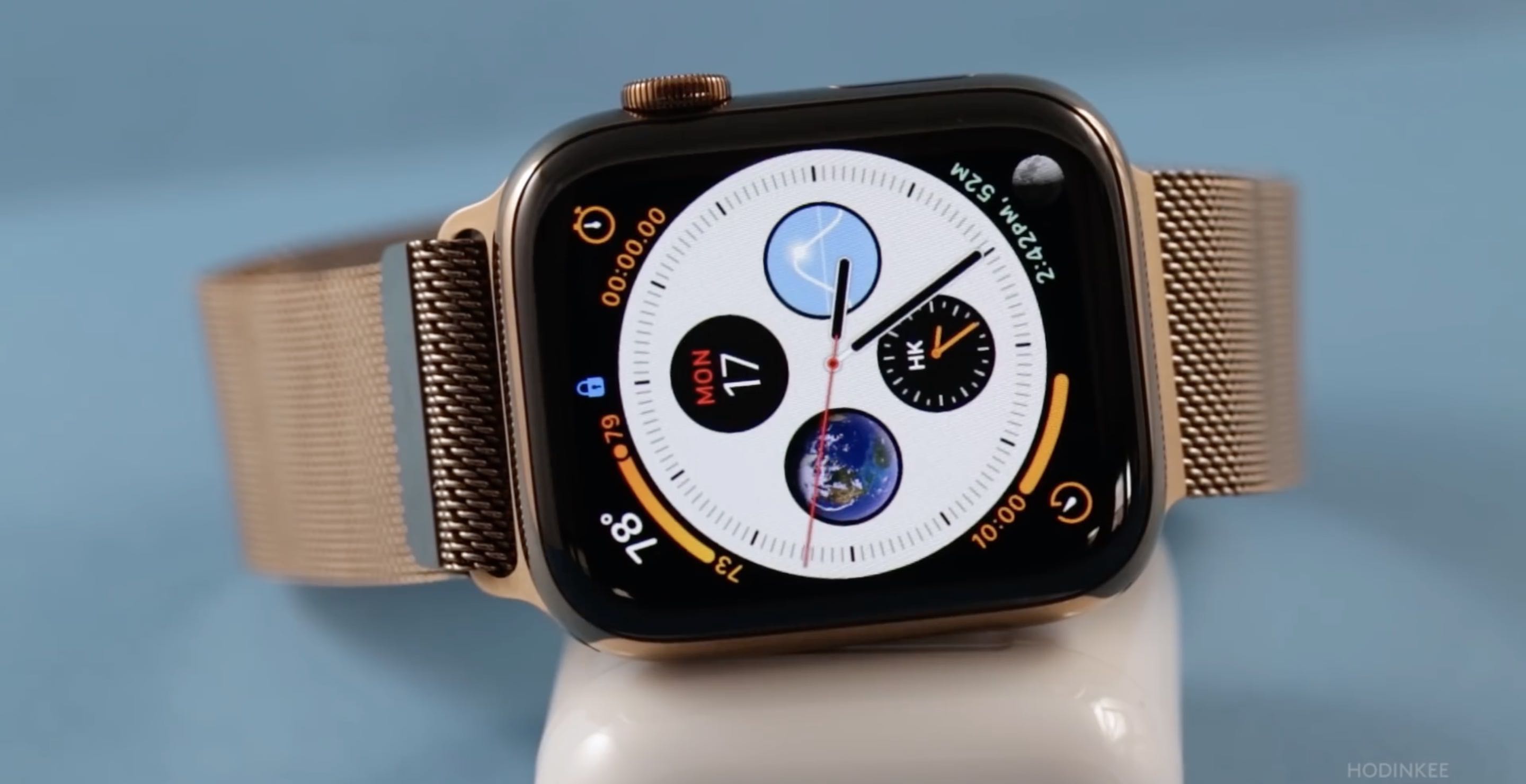






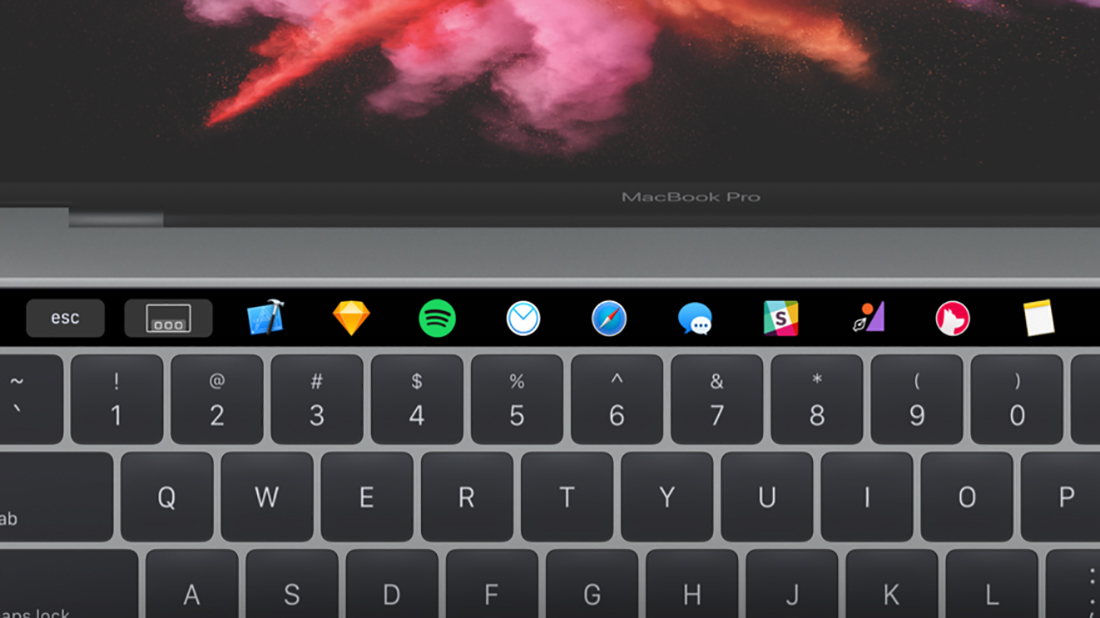
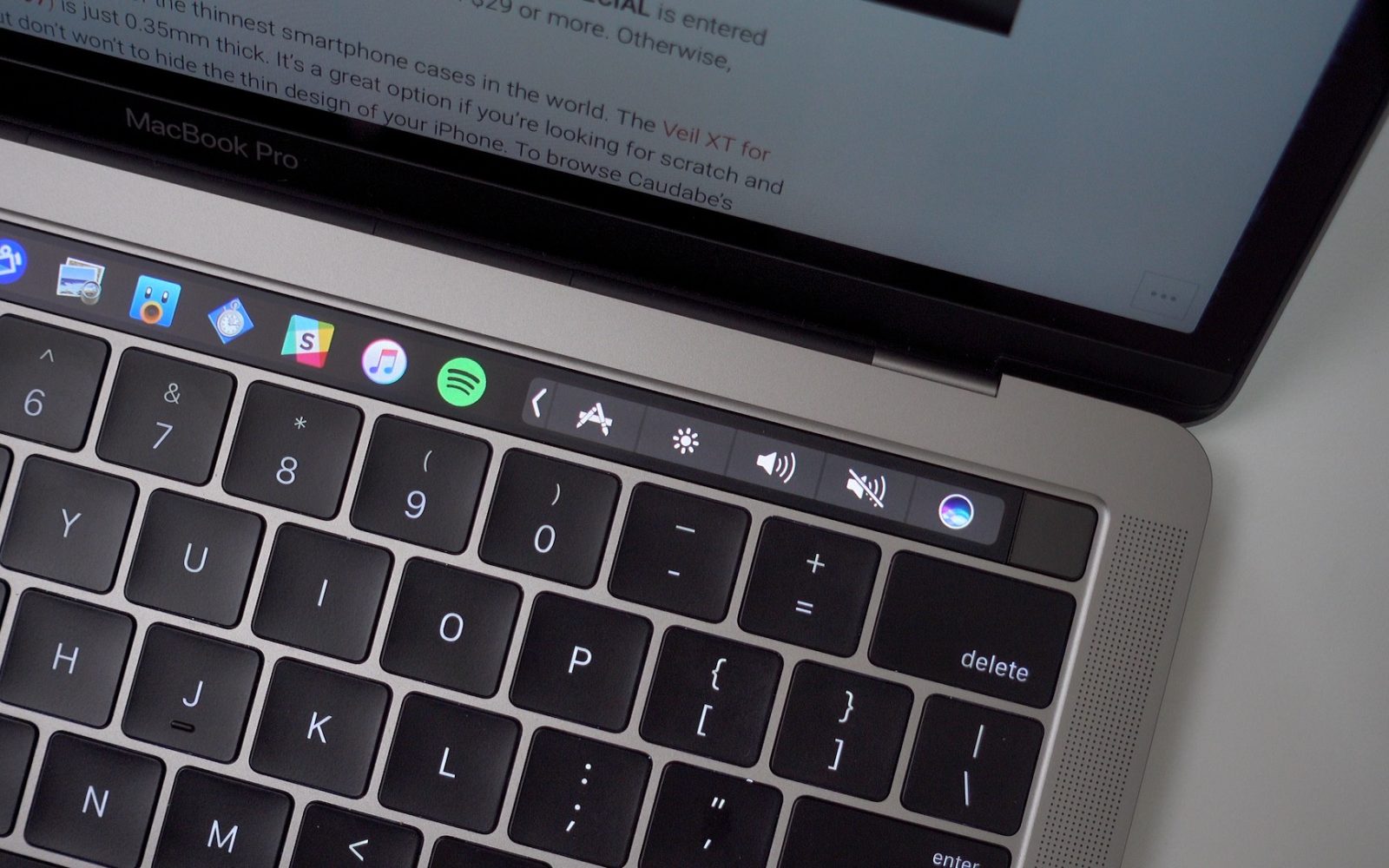

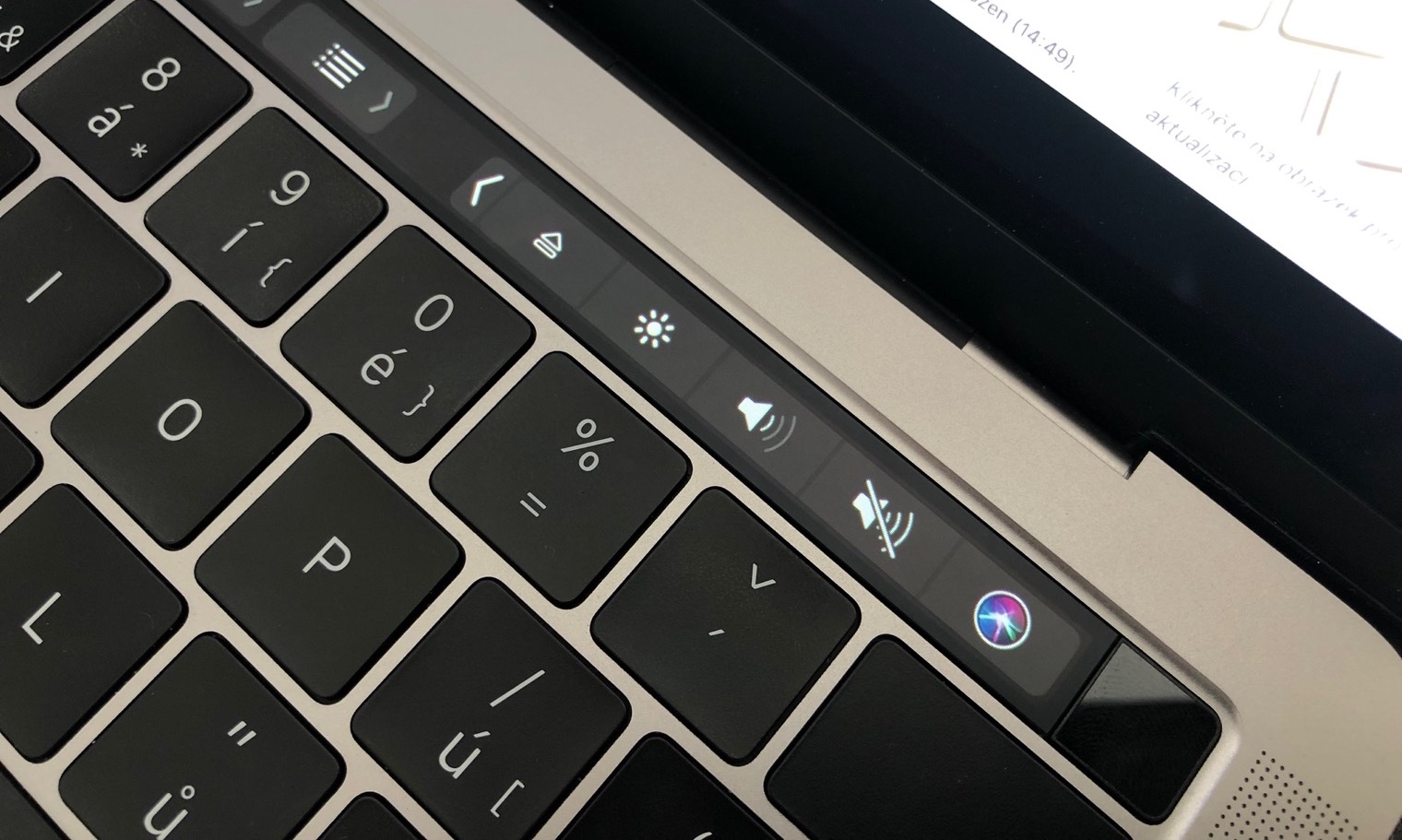
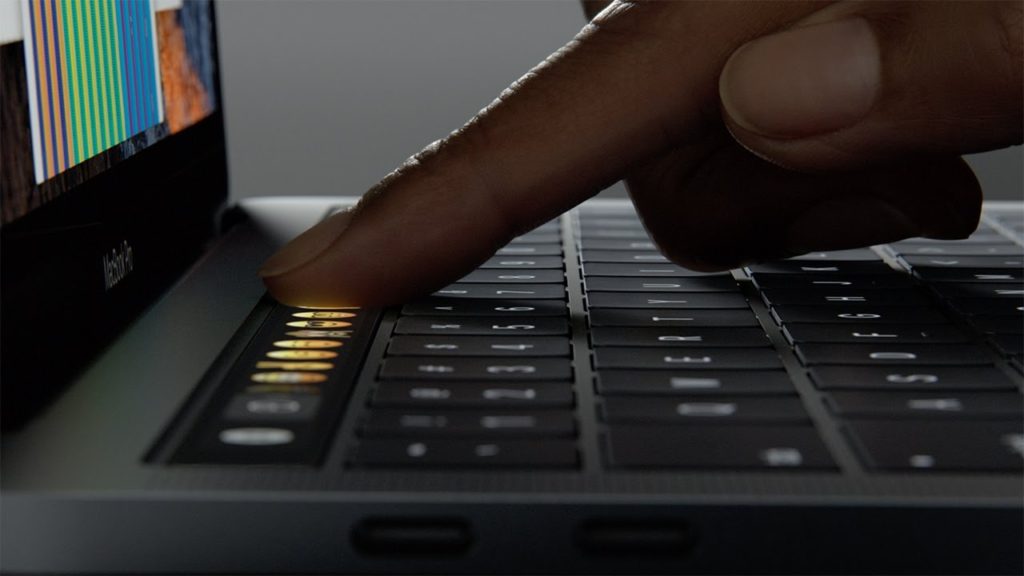
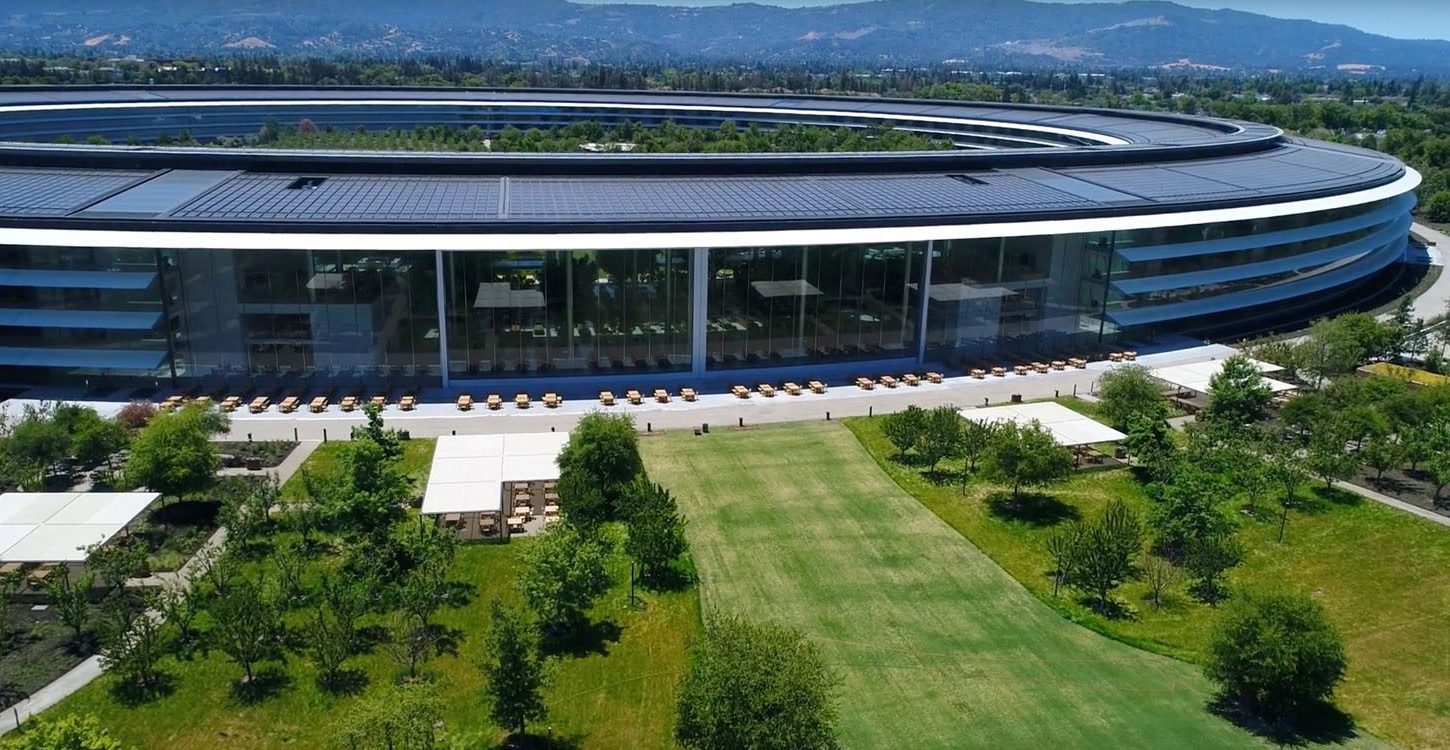


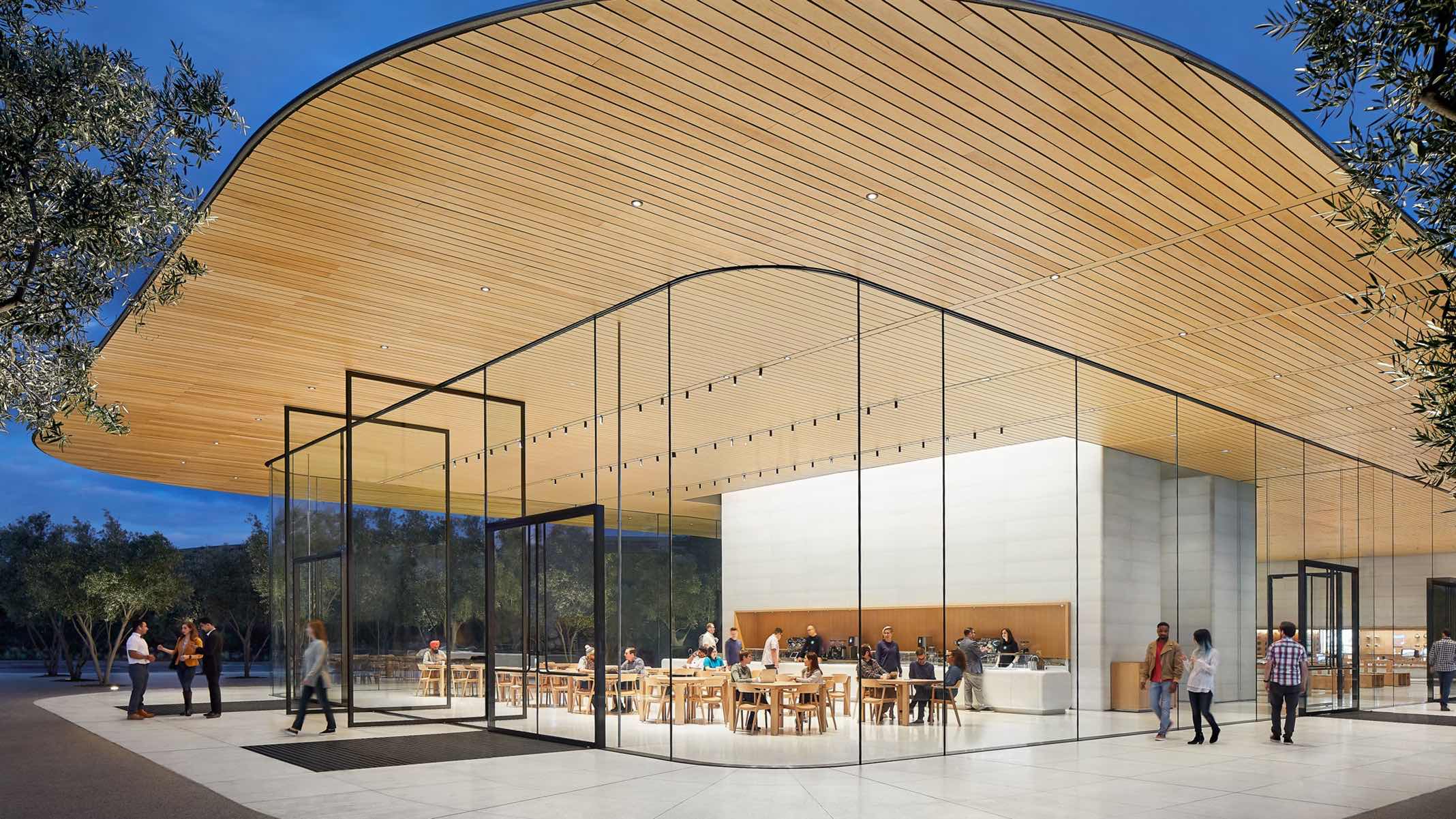
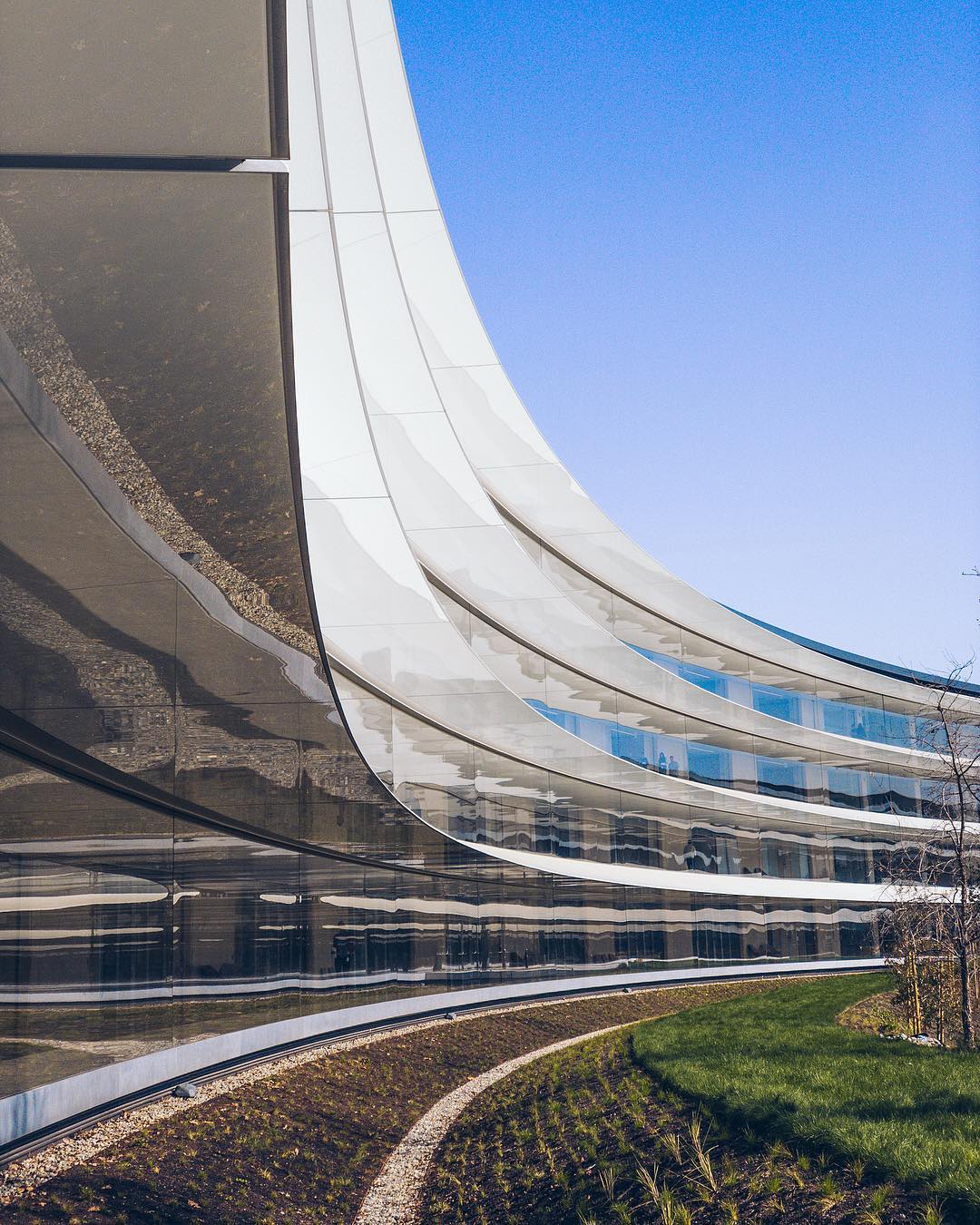
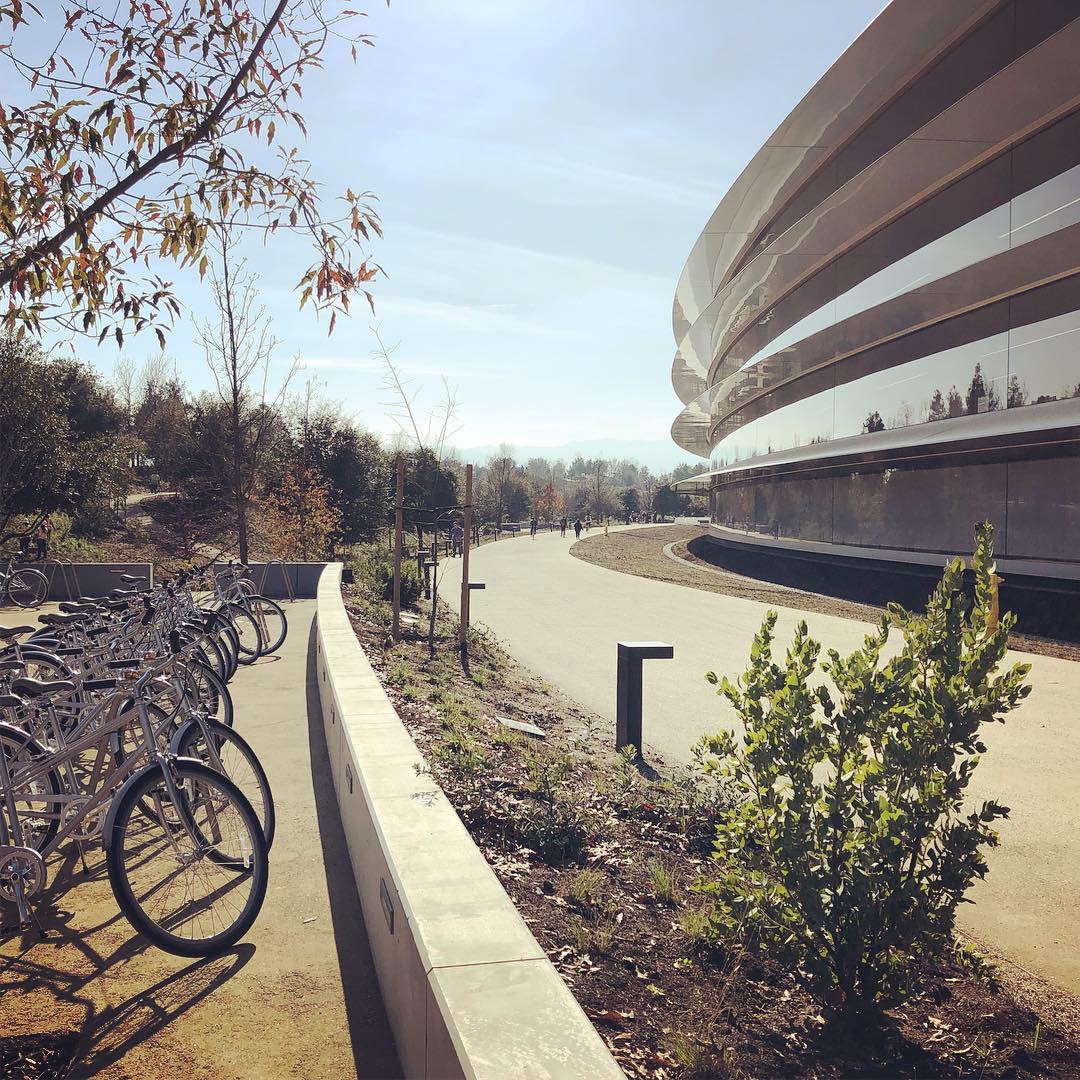


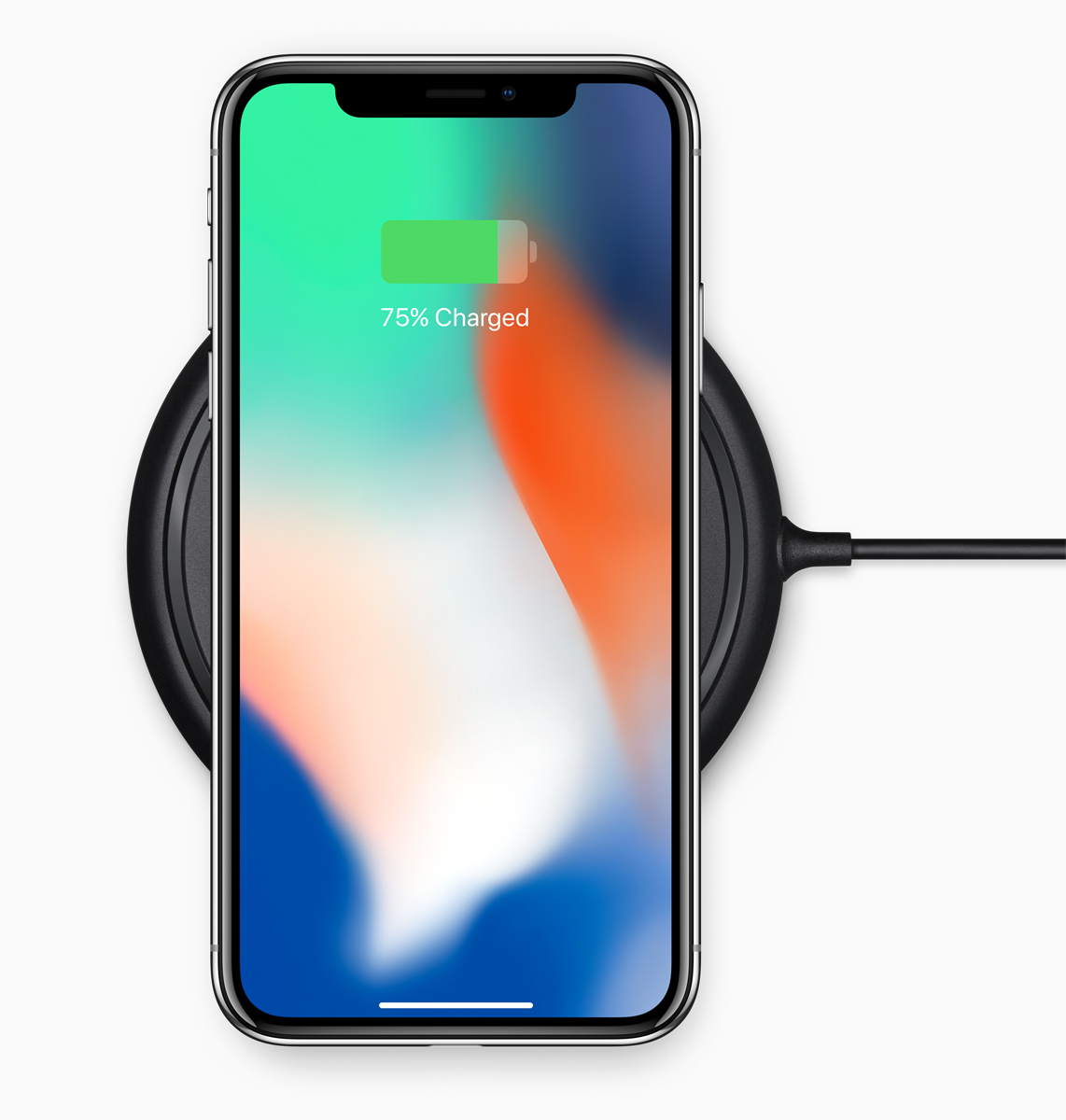
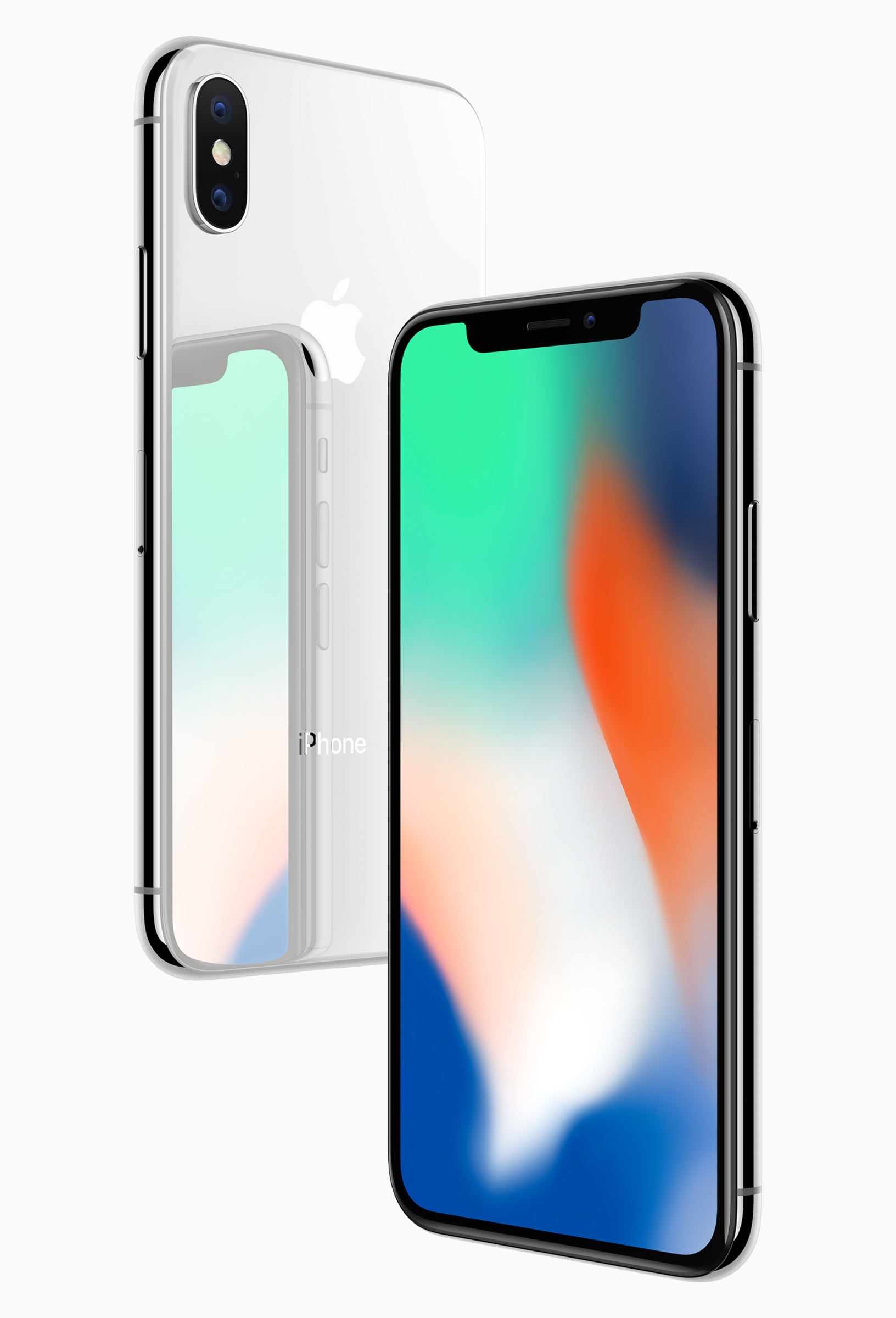
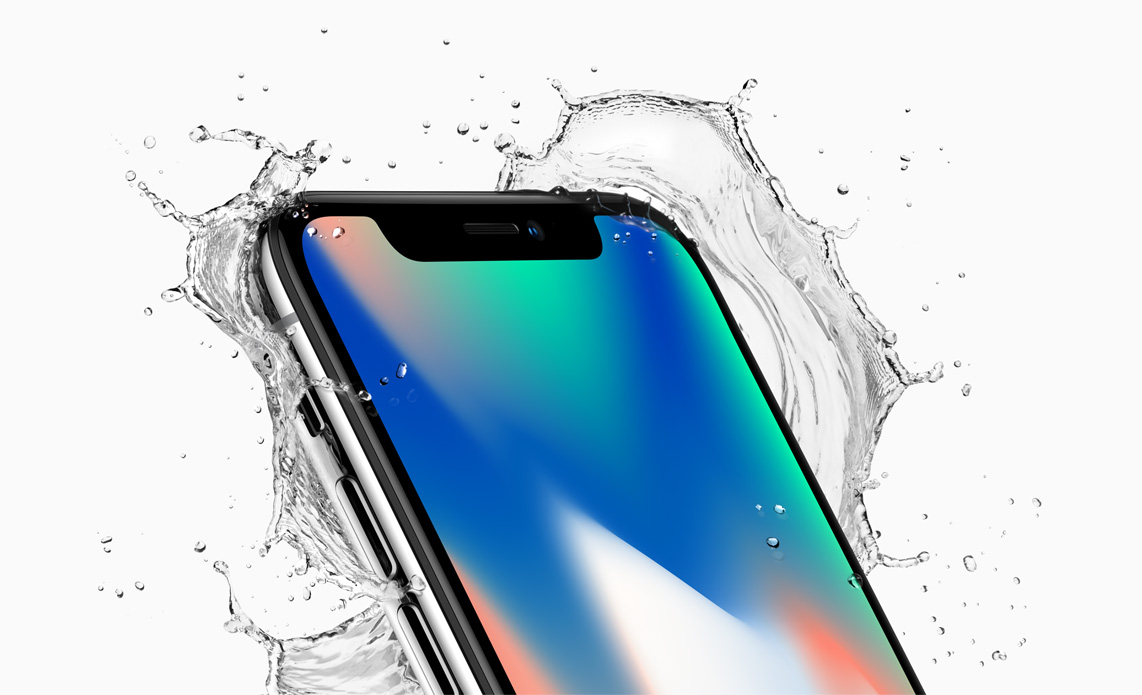
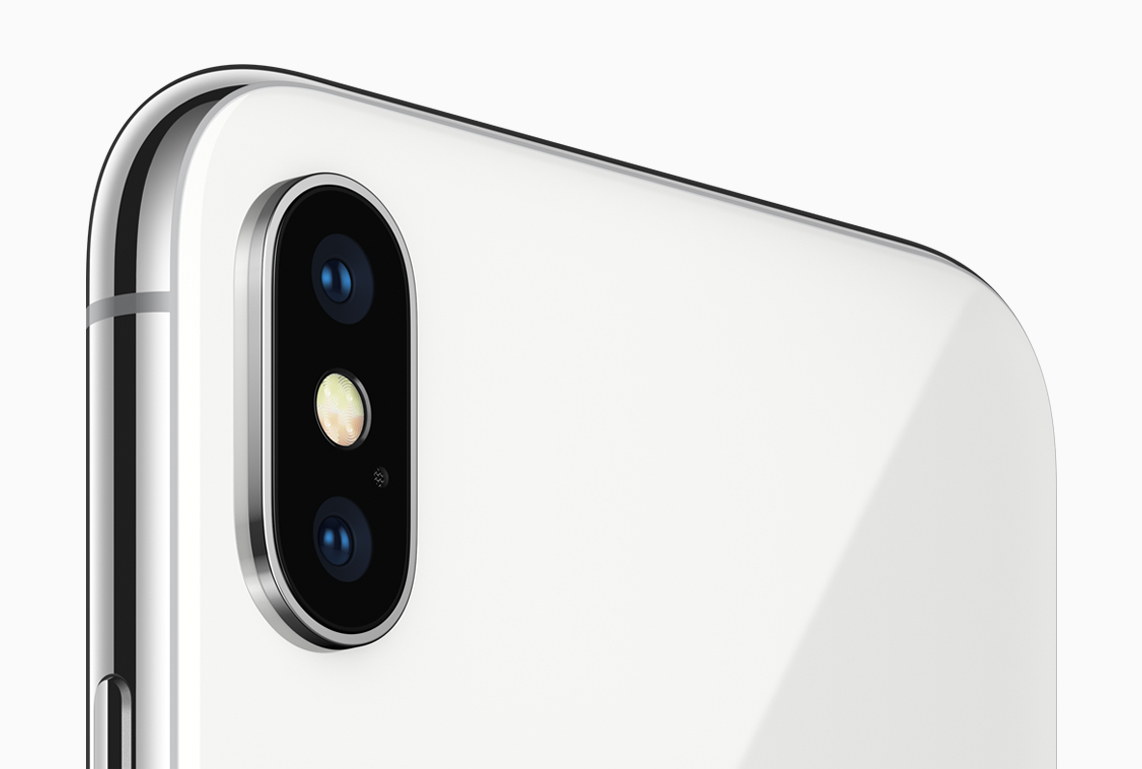
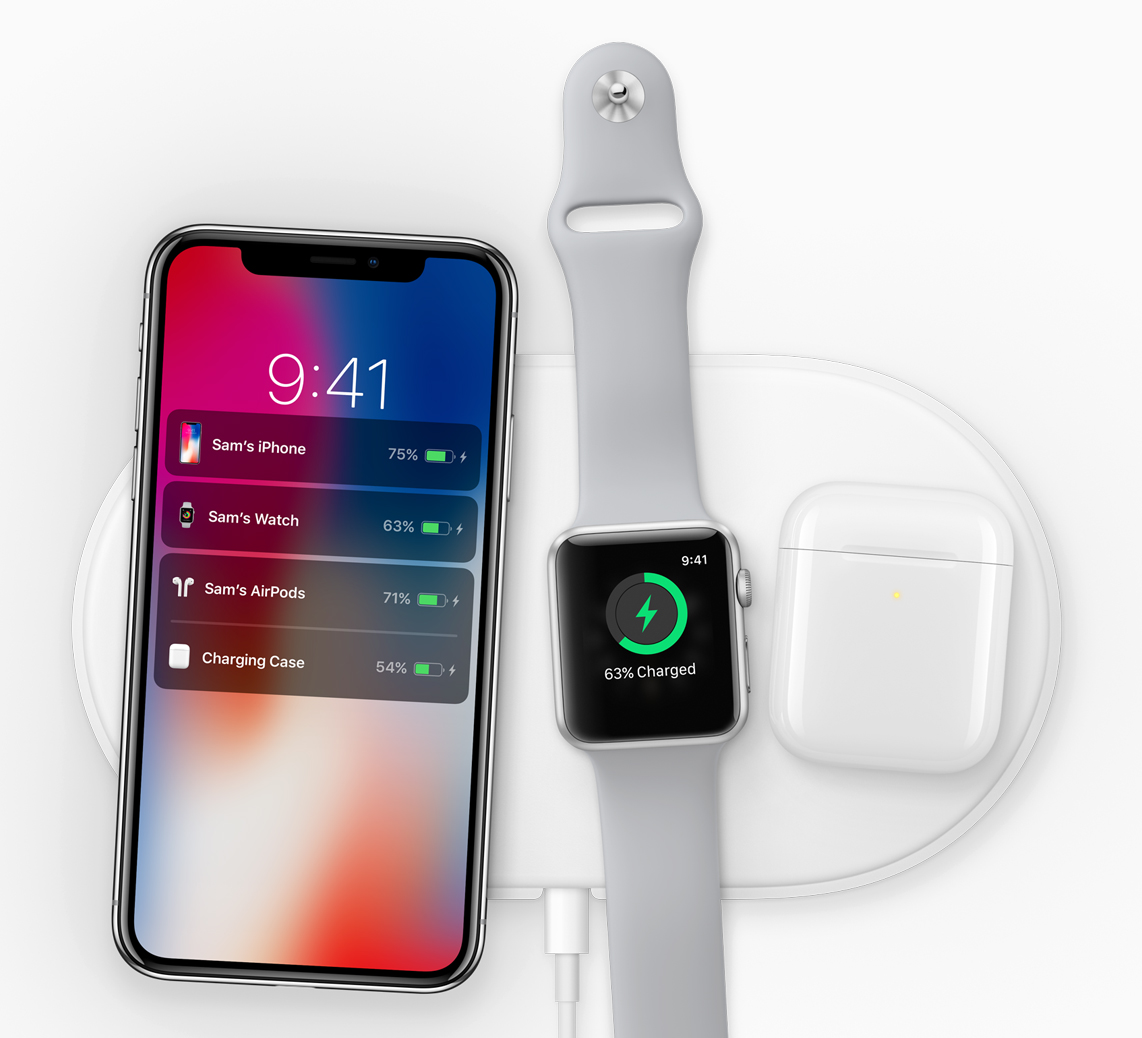
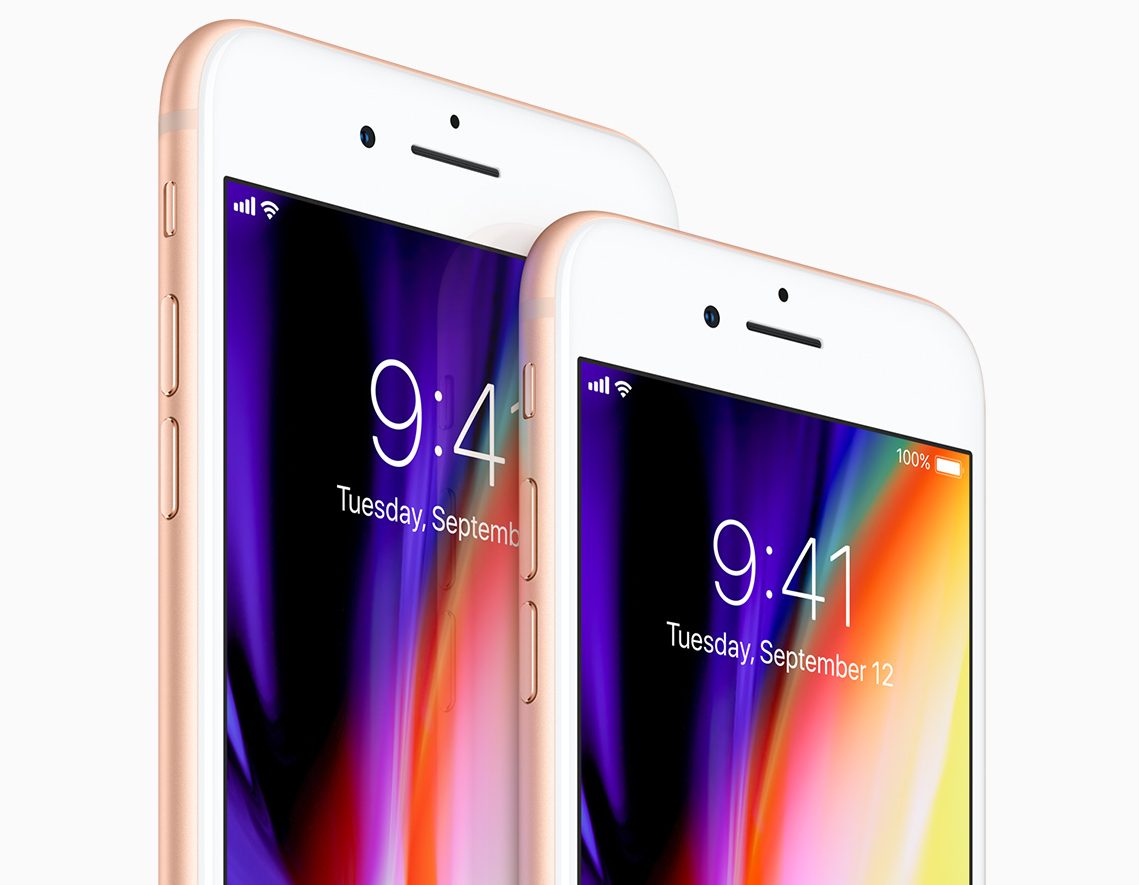
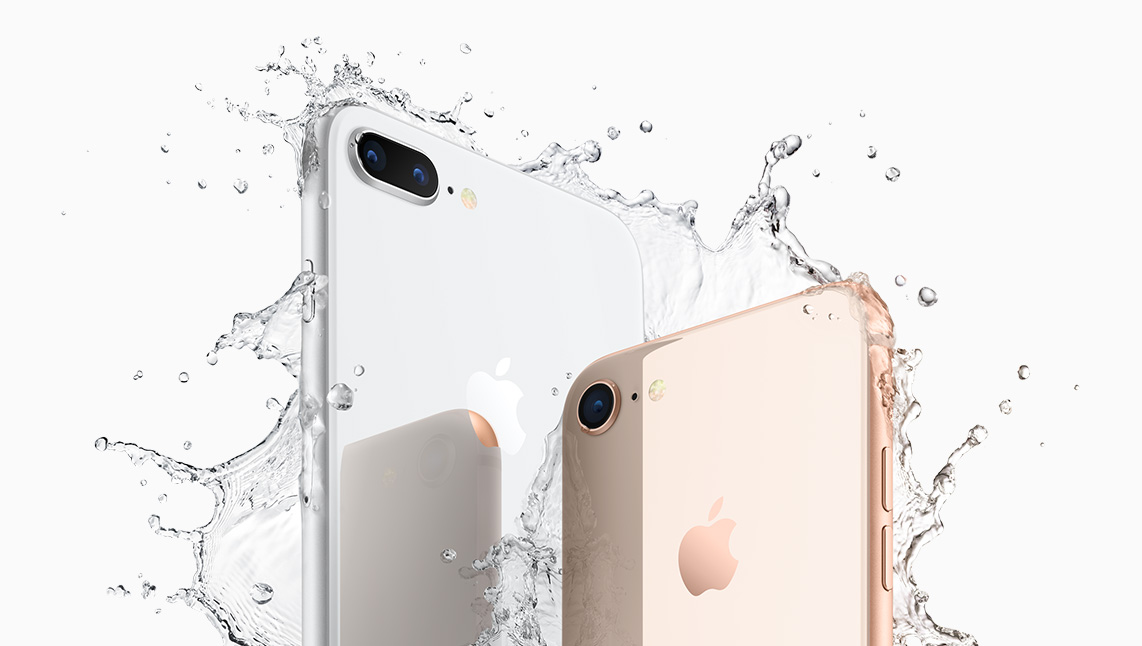
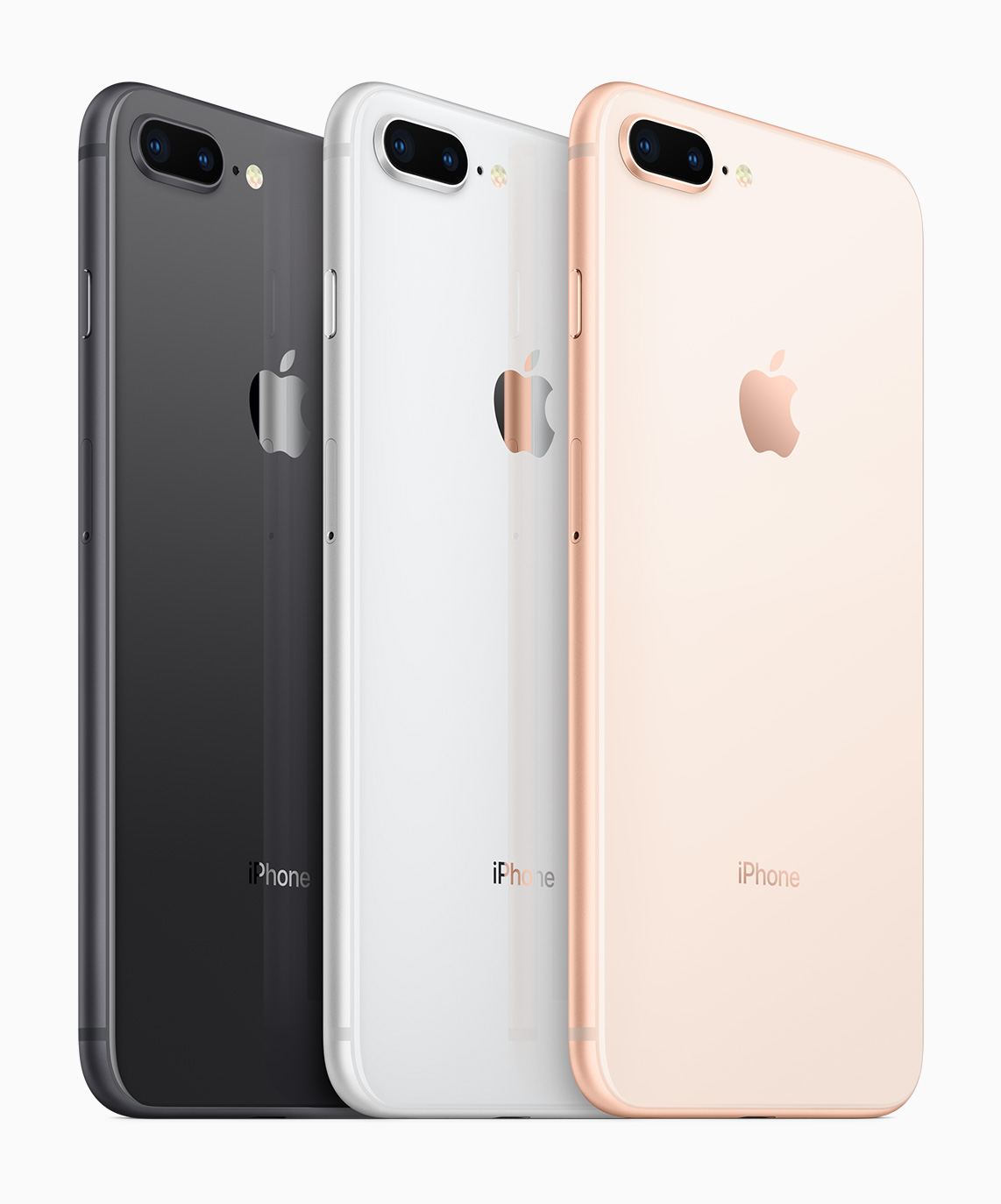
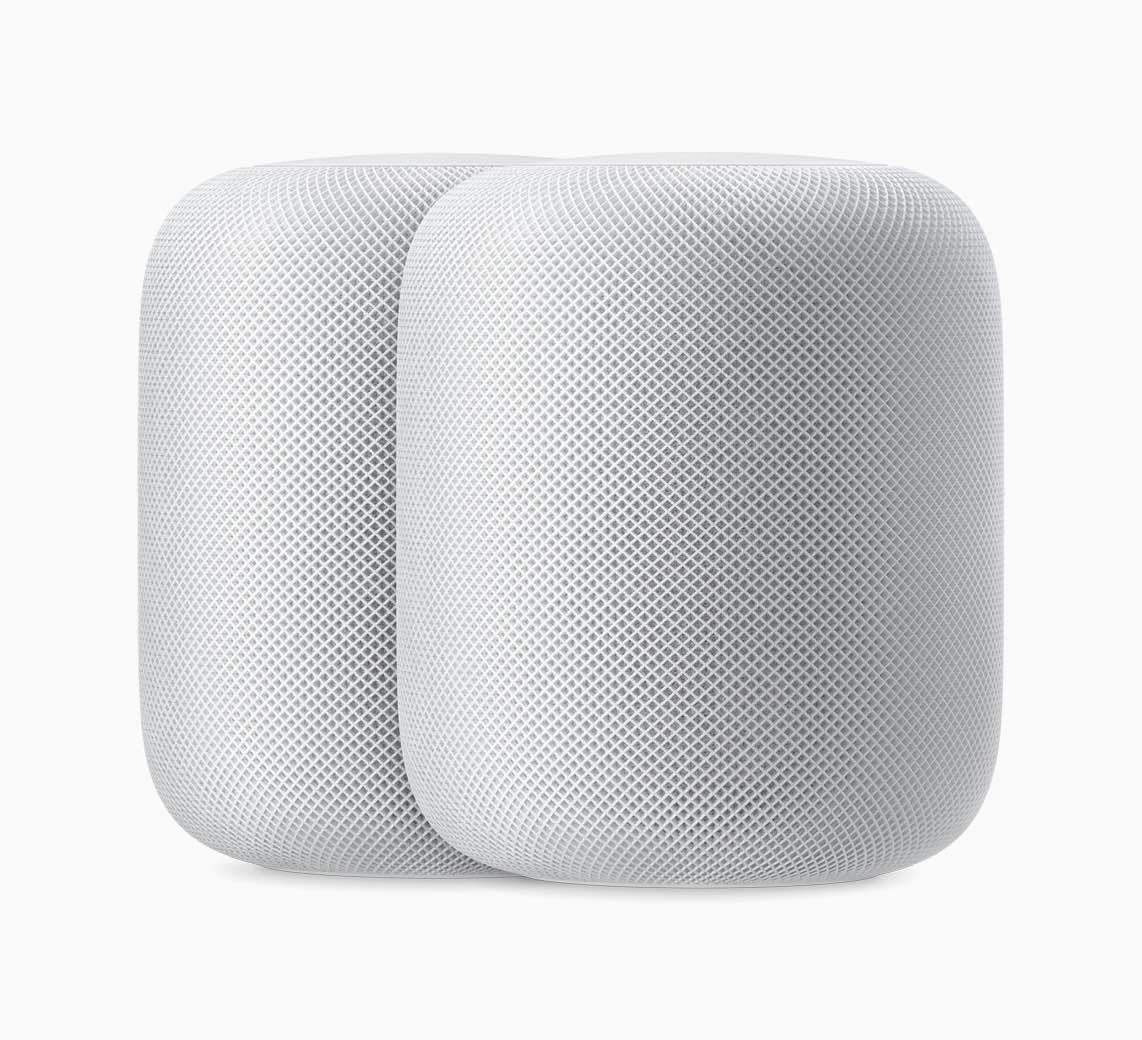
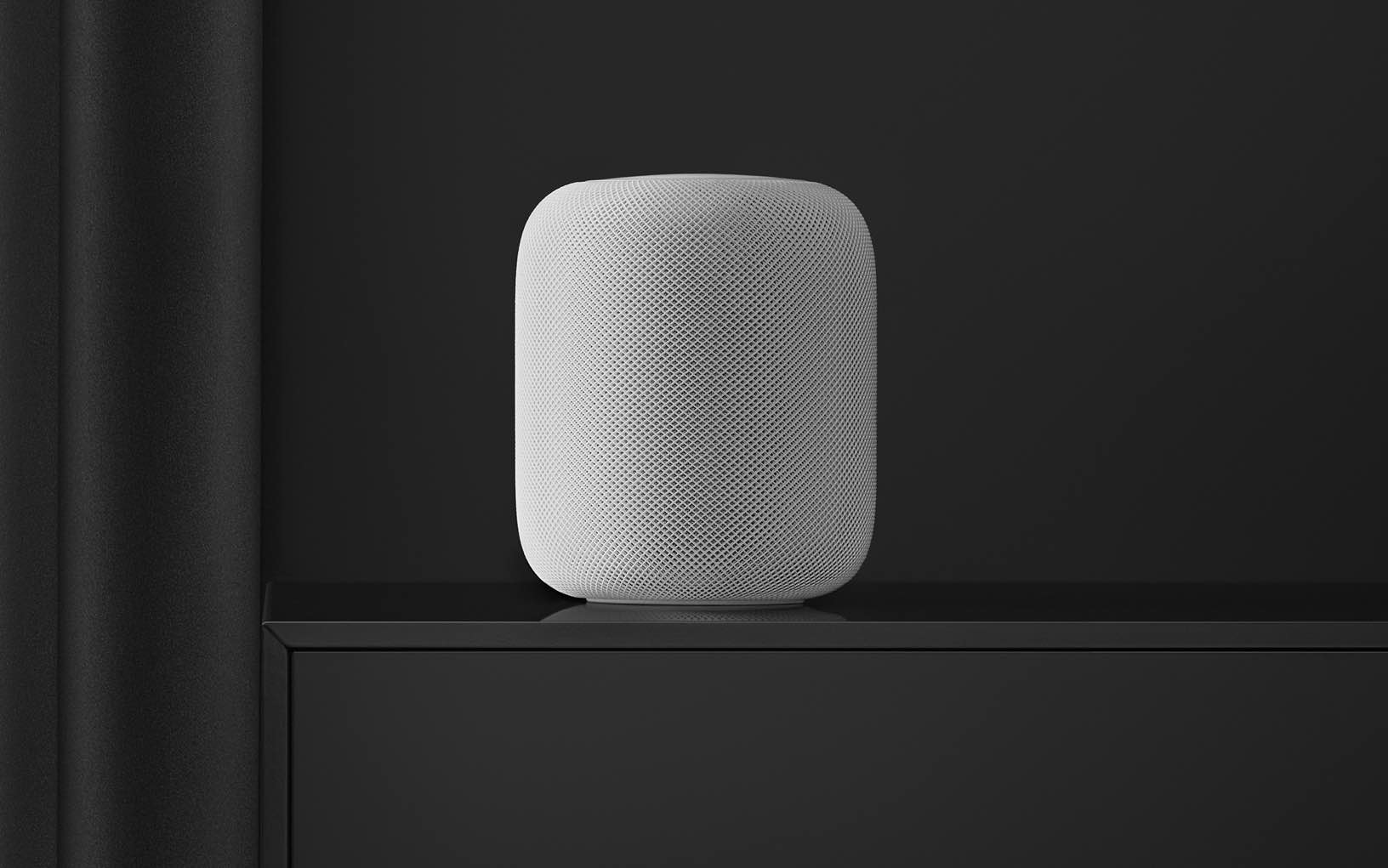
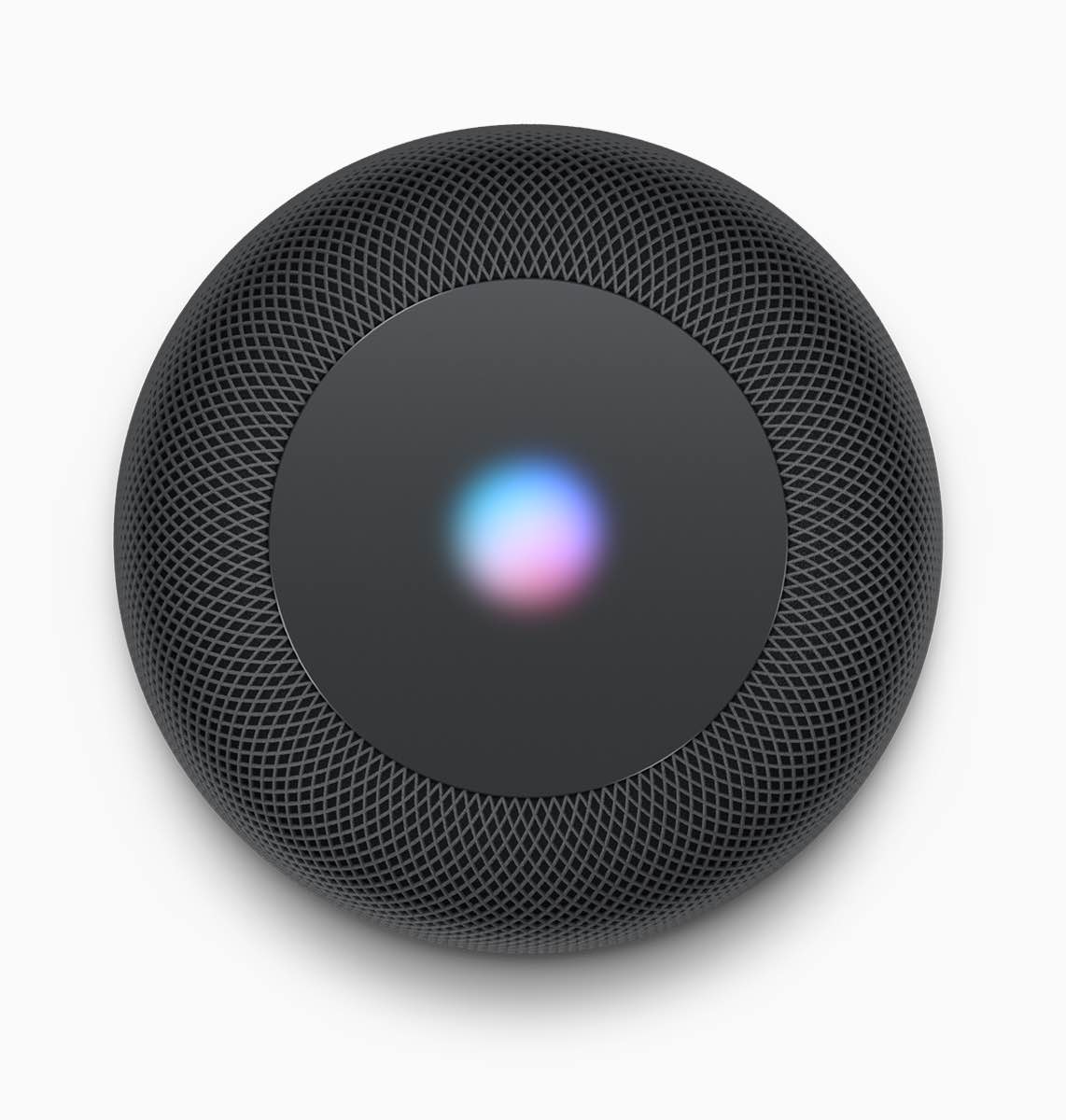
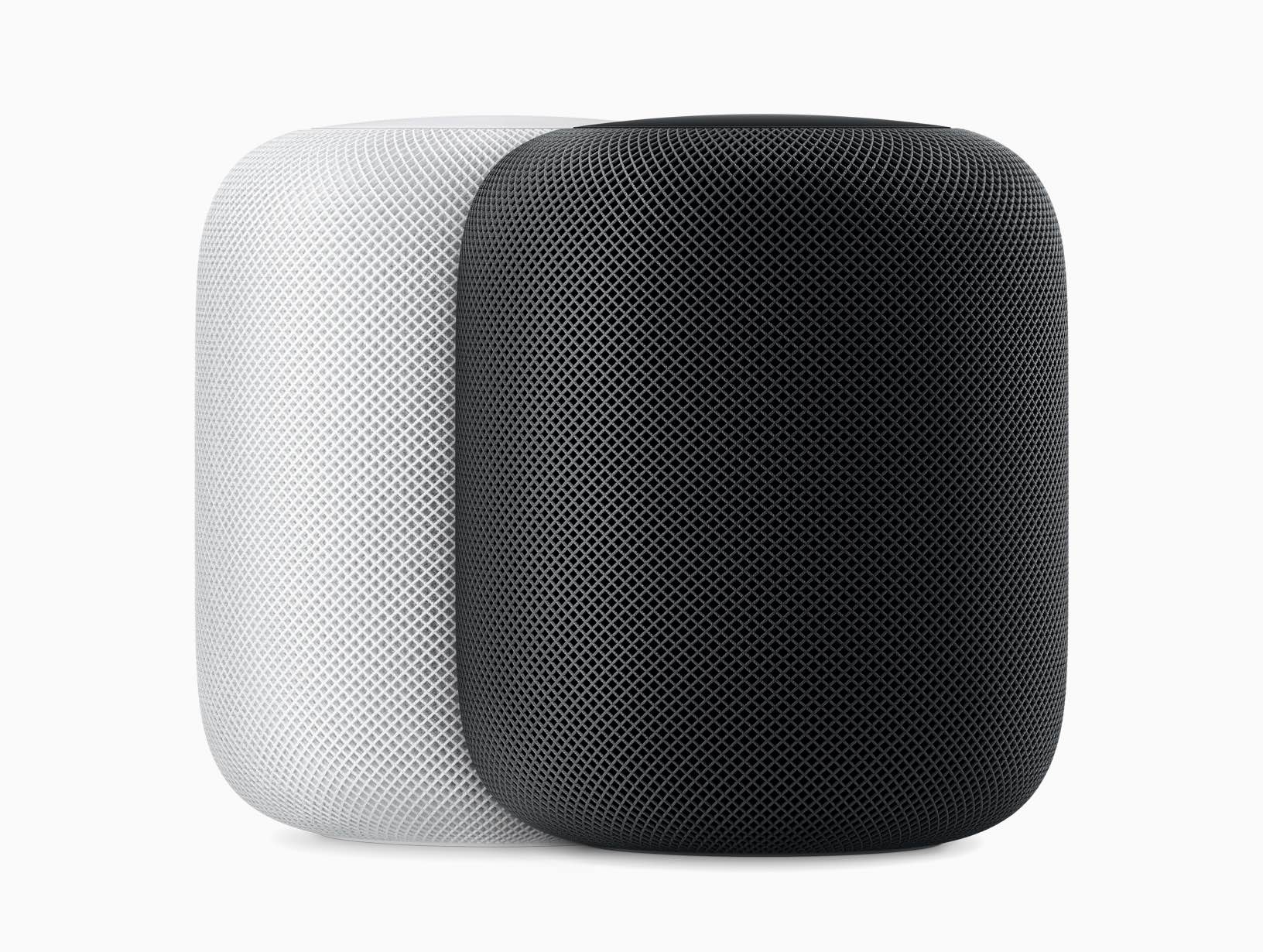

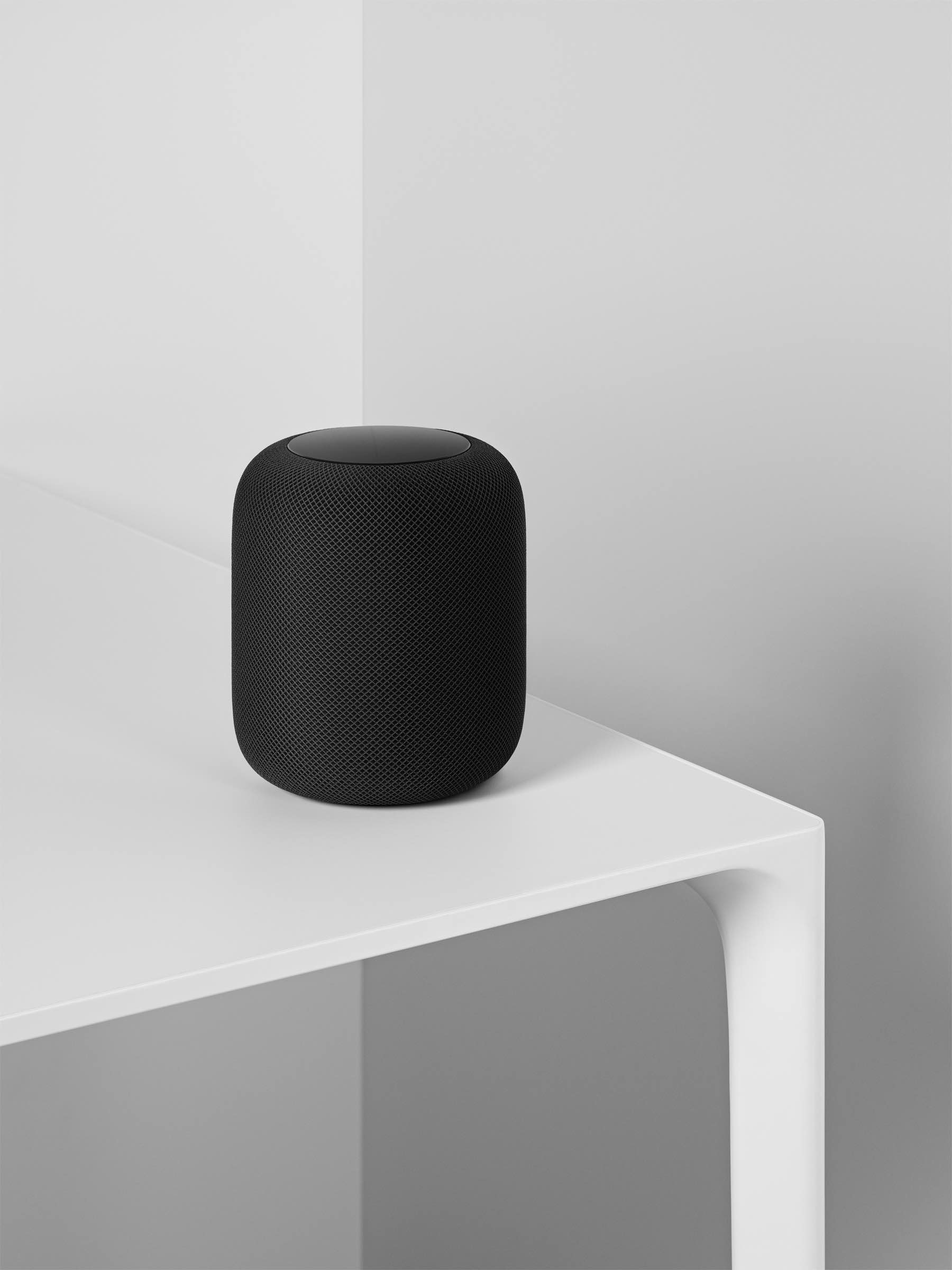
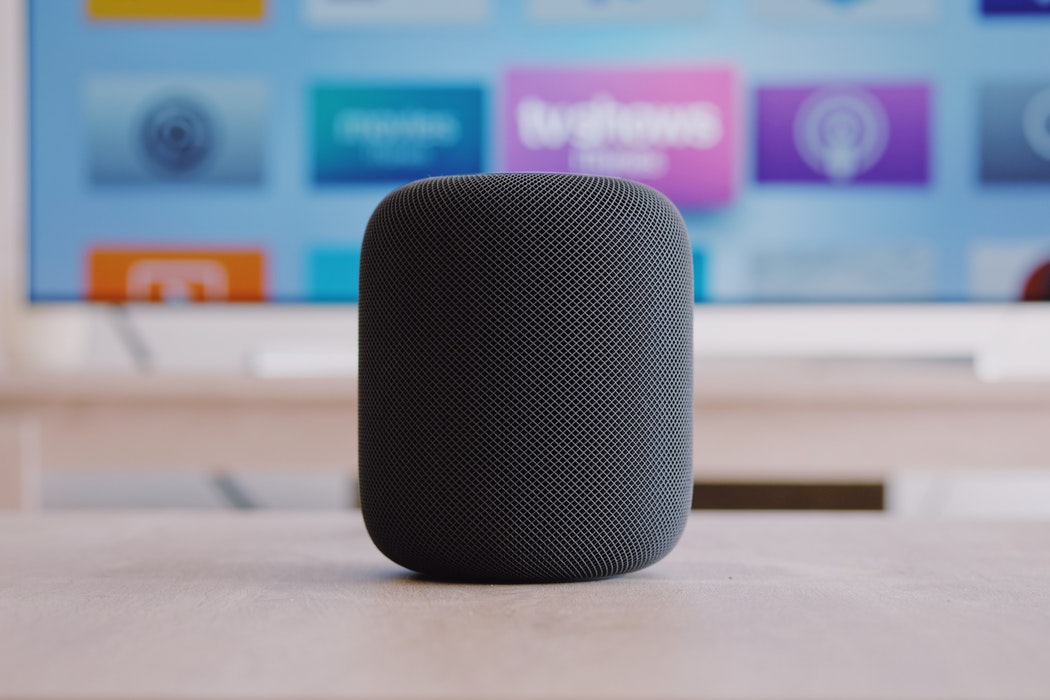
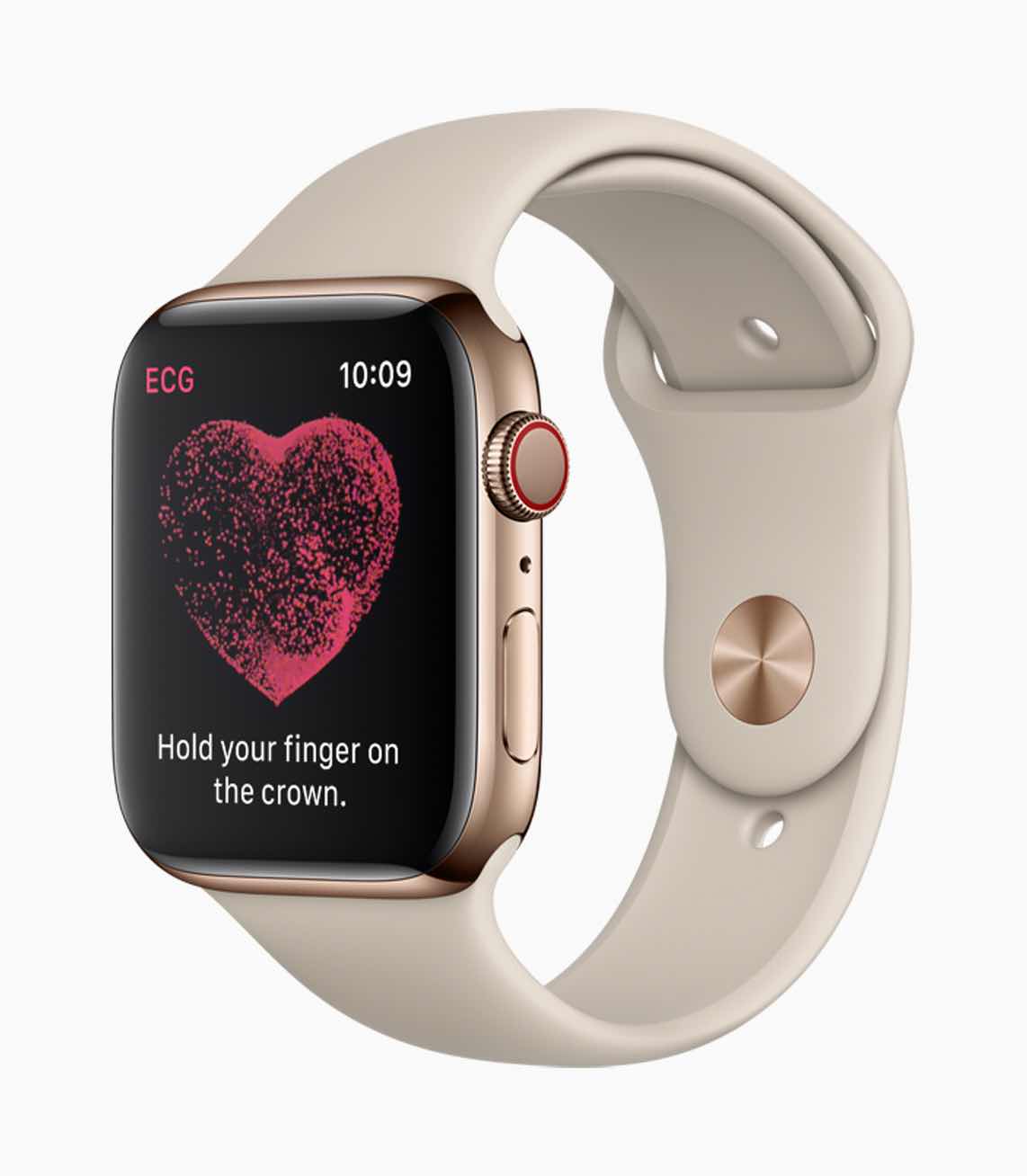
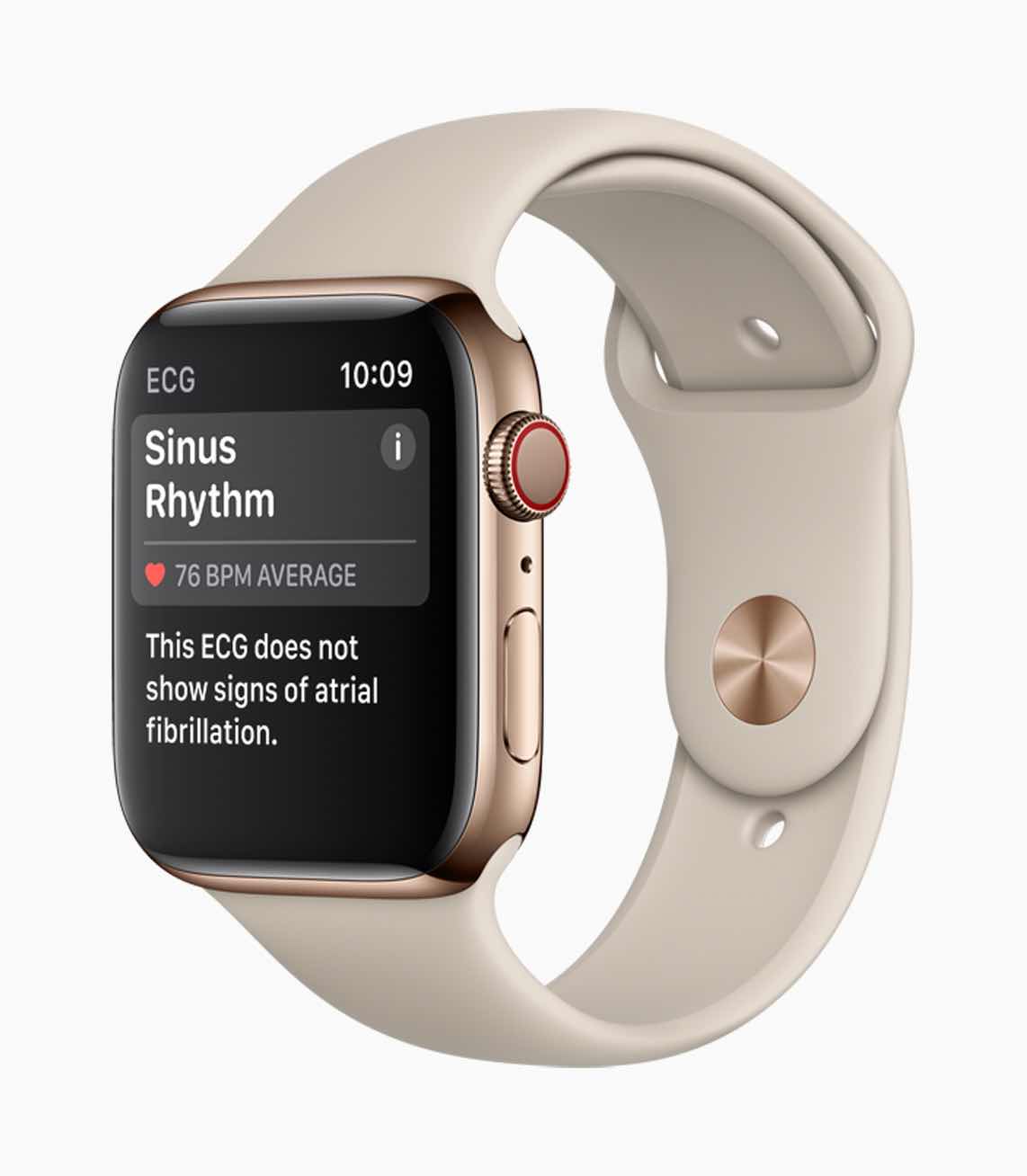
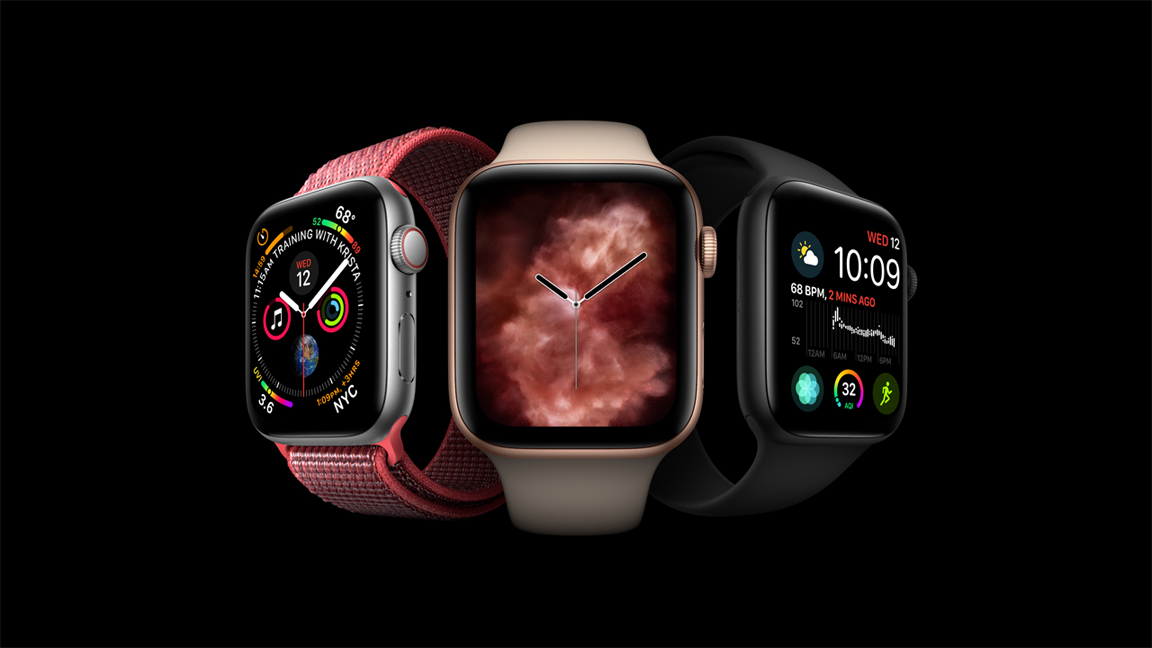

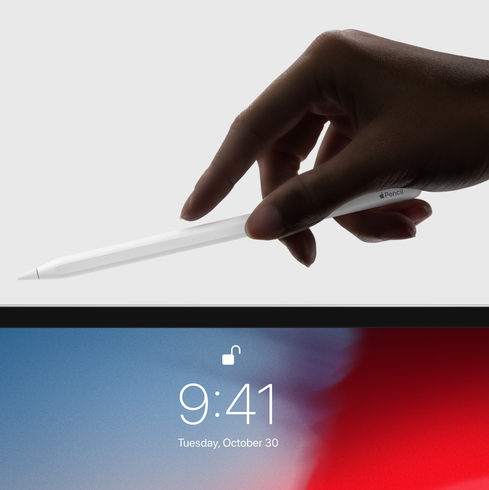
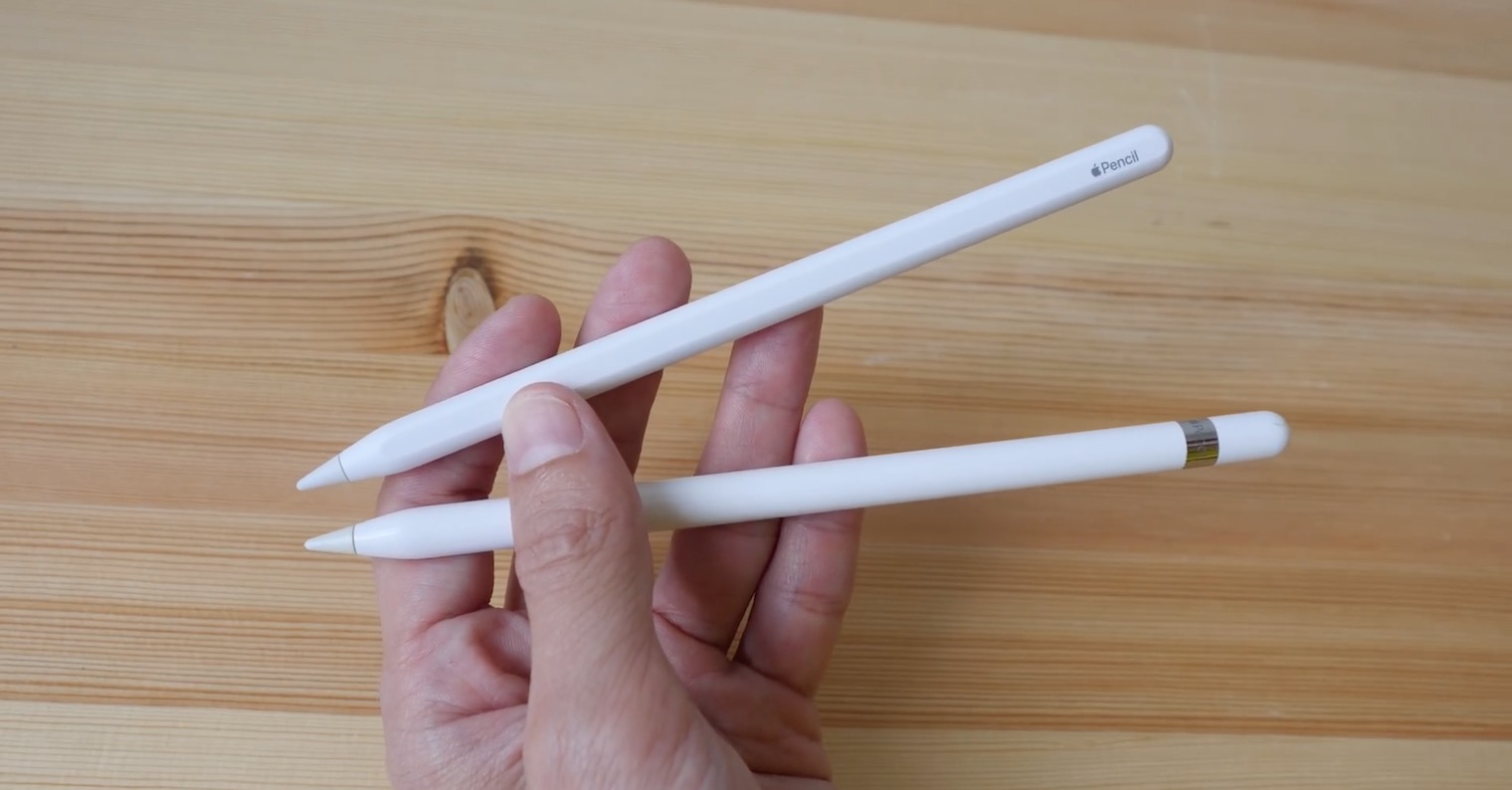
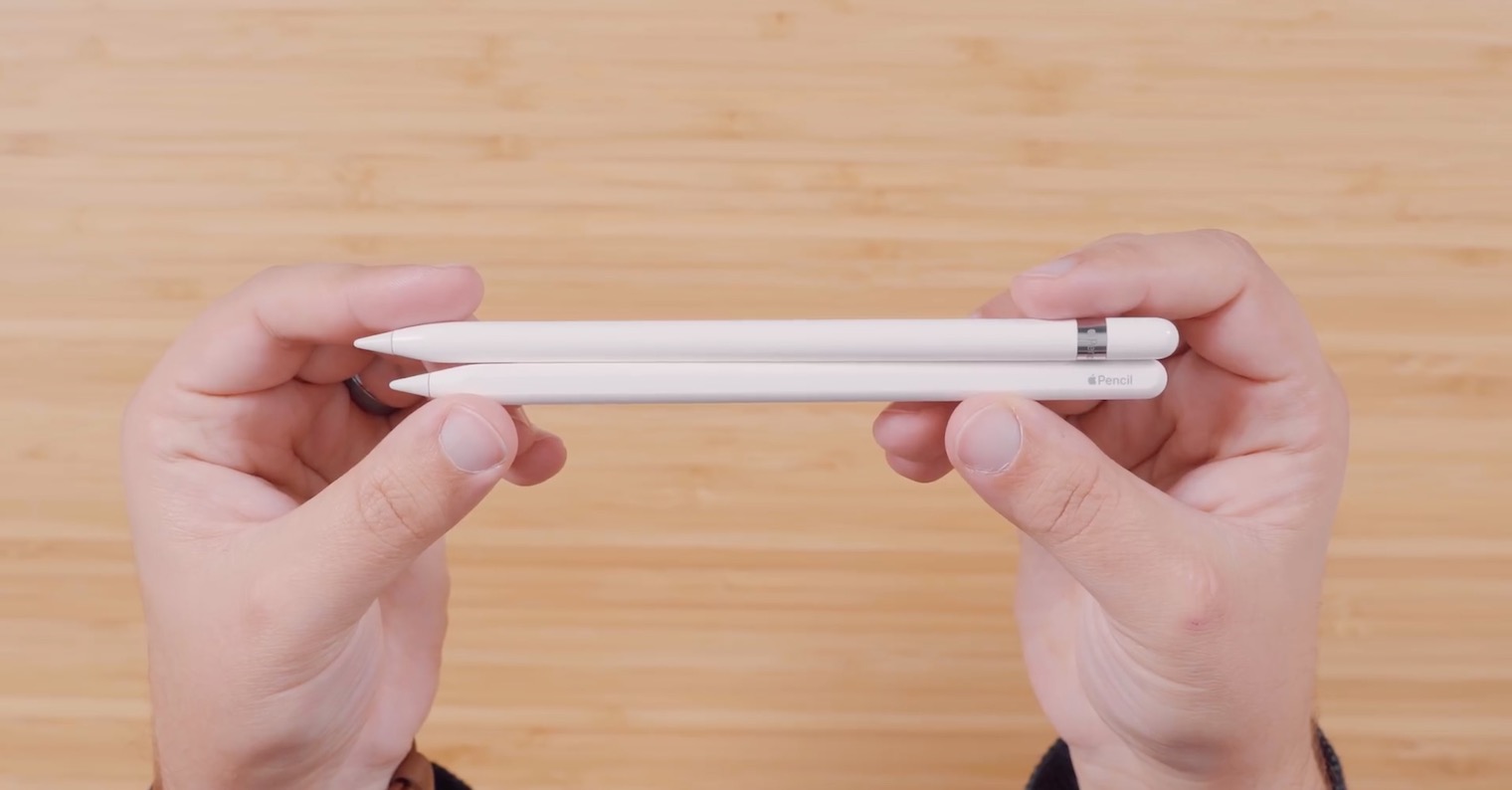


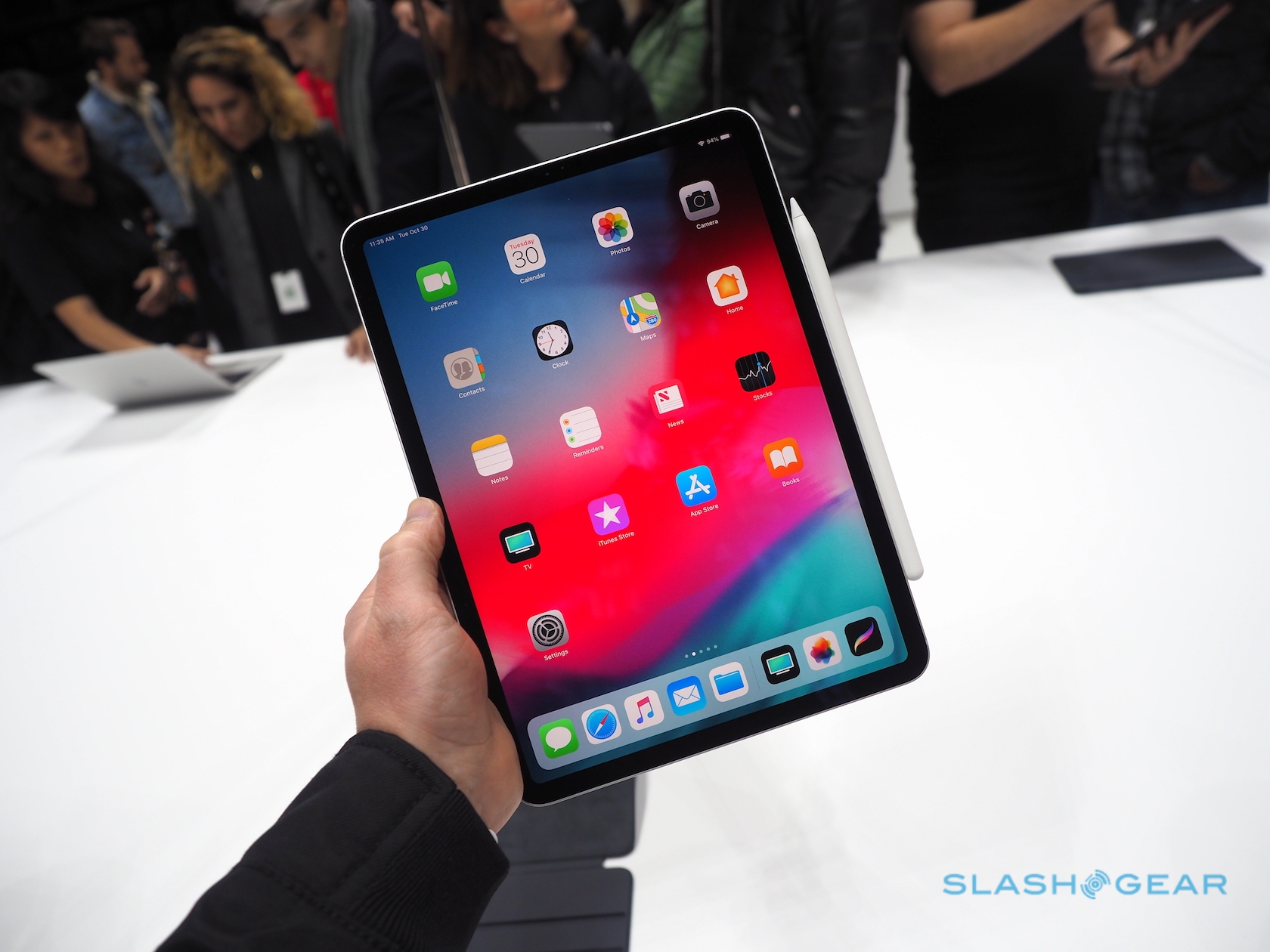

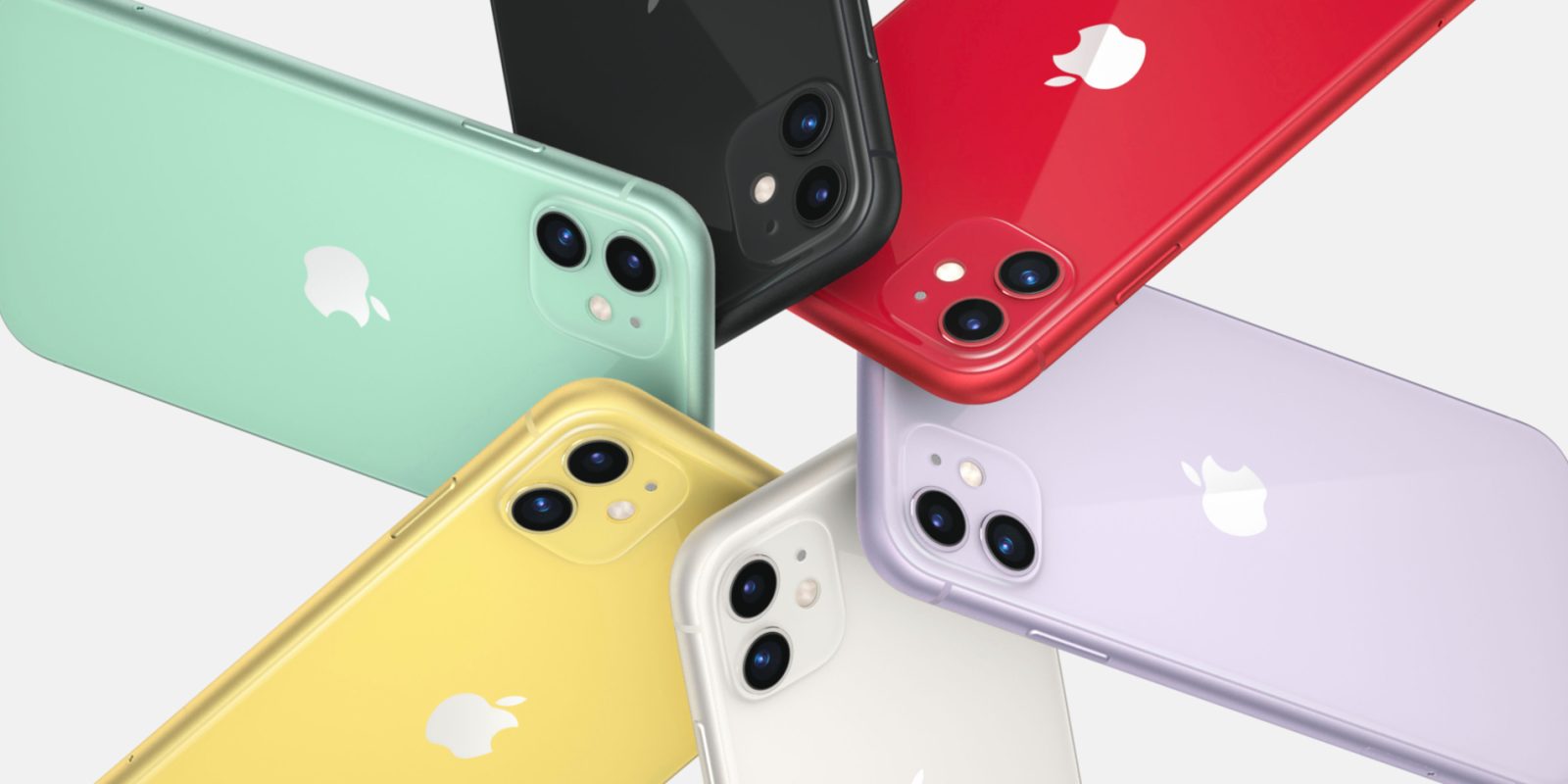
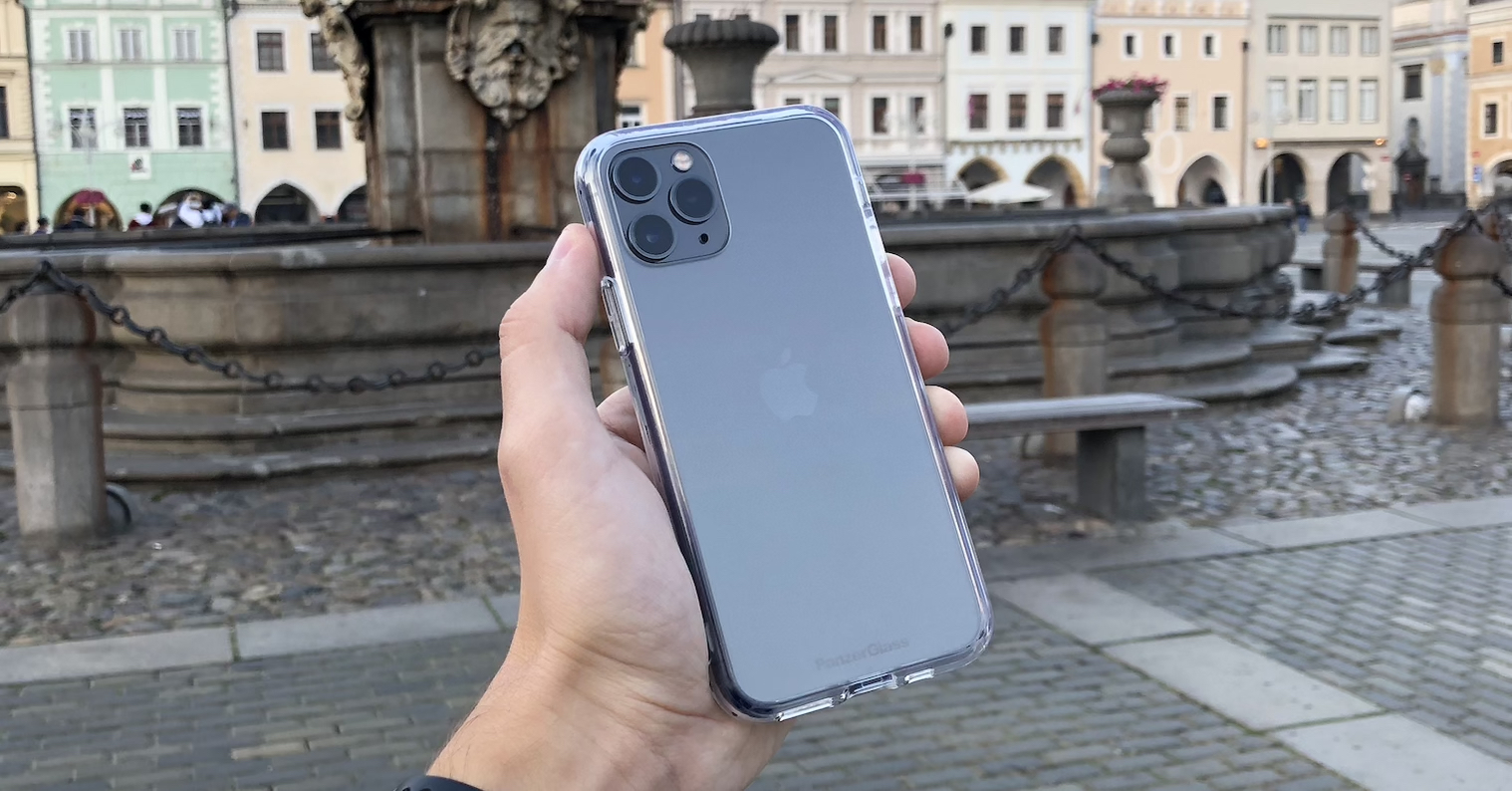

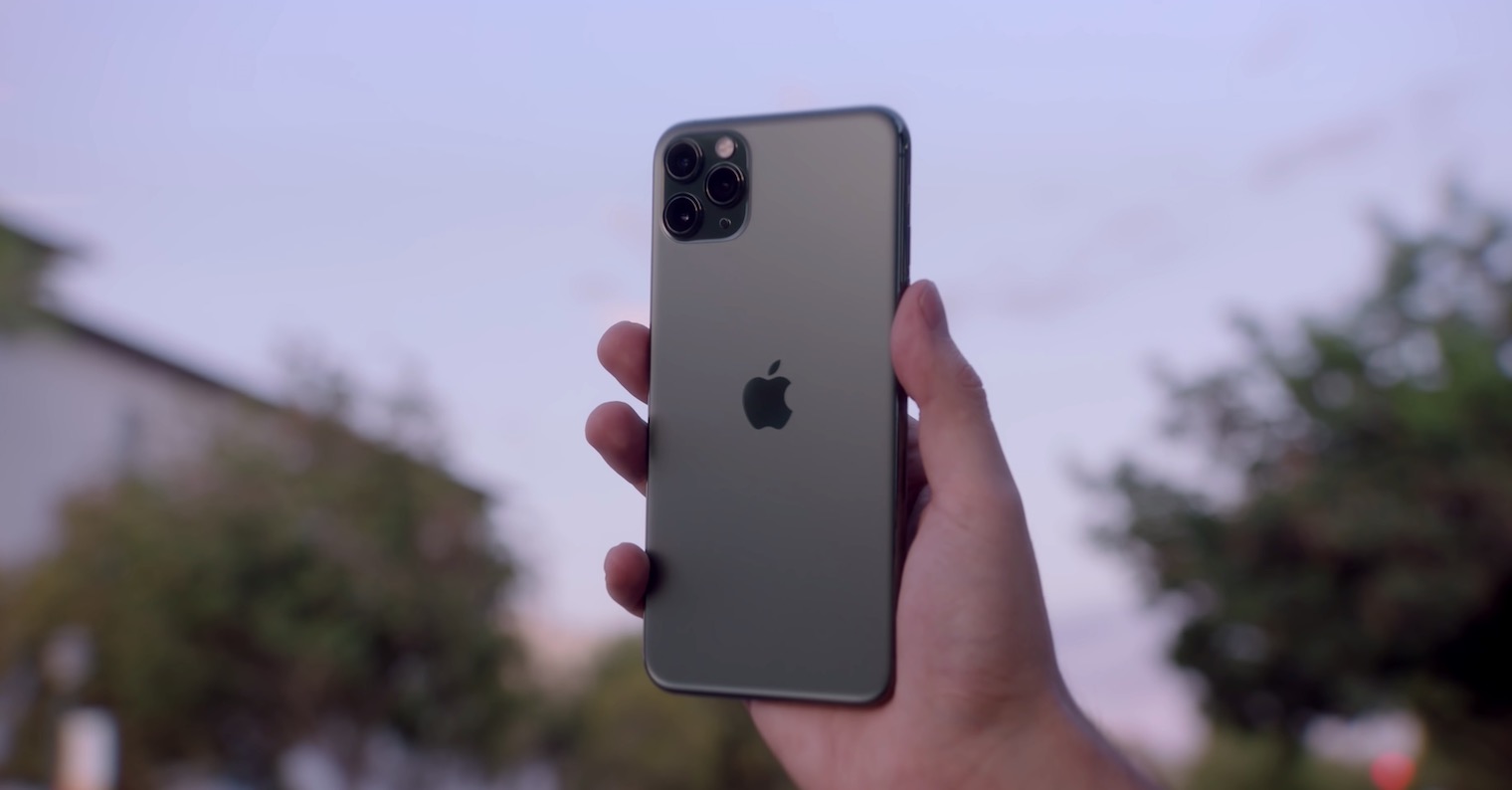

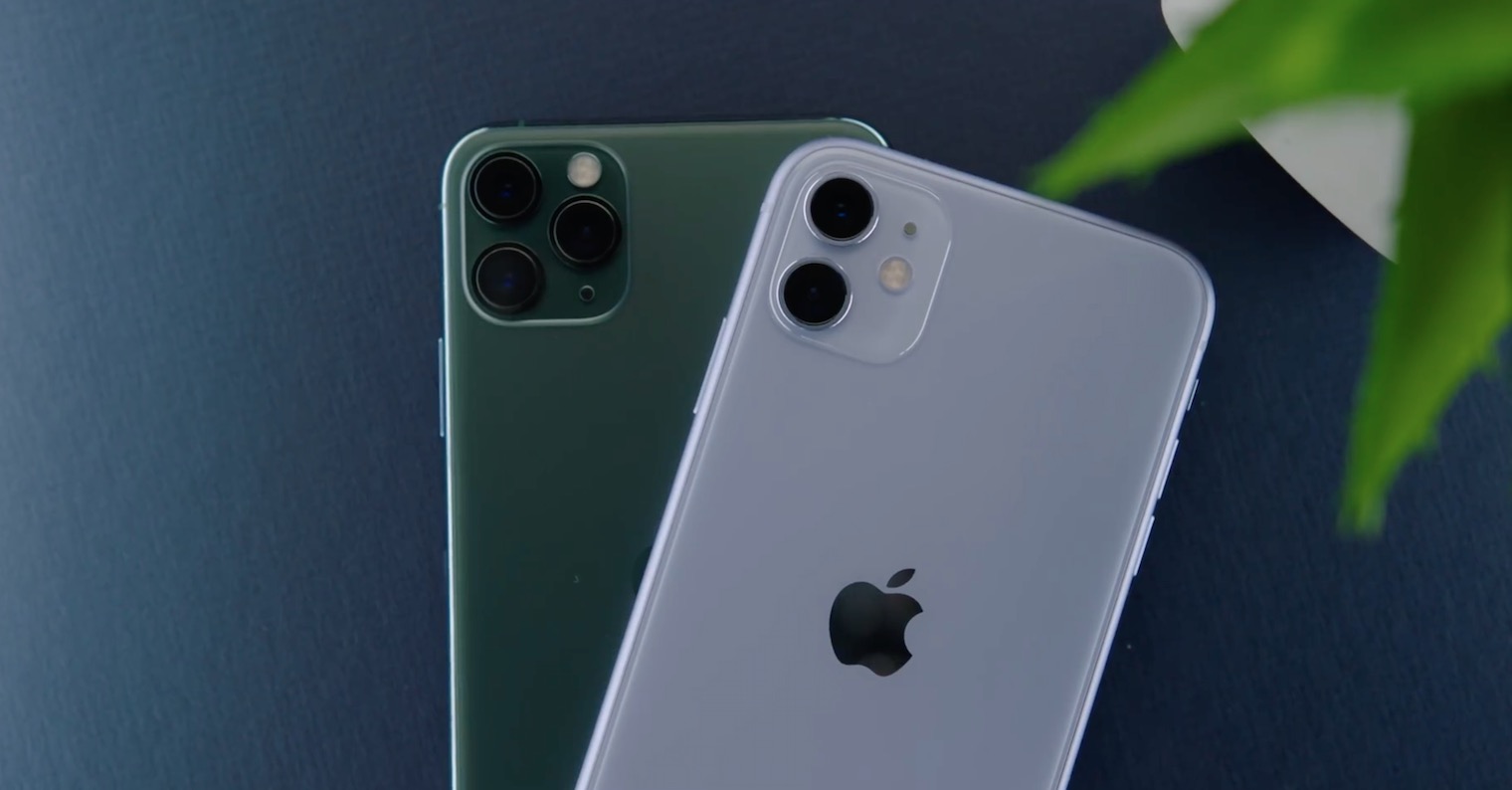
Macbook Air that was introduced in 2010? After all, even in the original article on 9to5Mac they have it right, you can't even copy it?